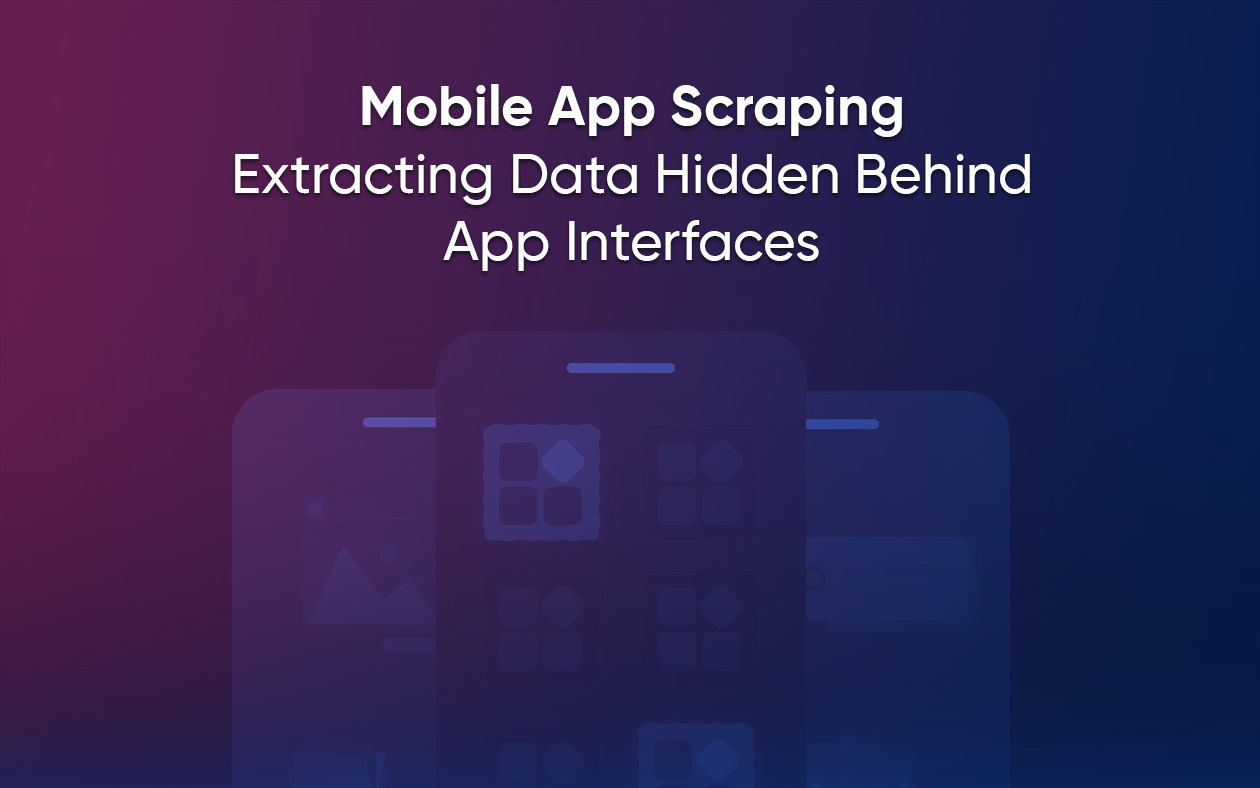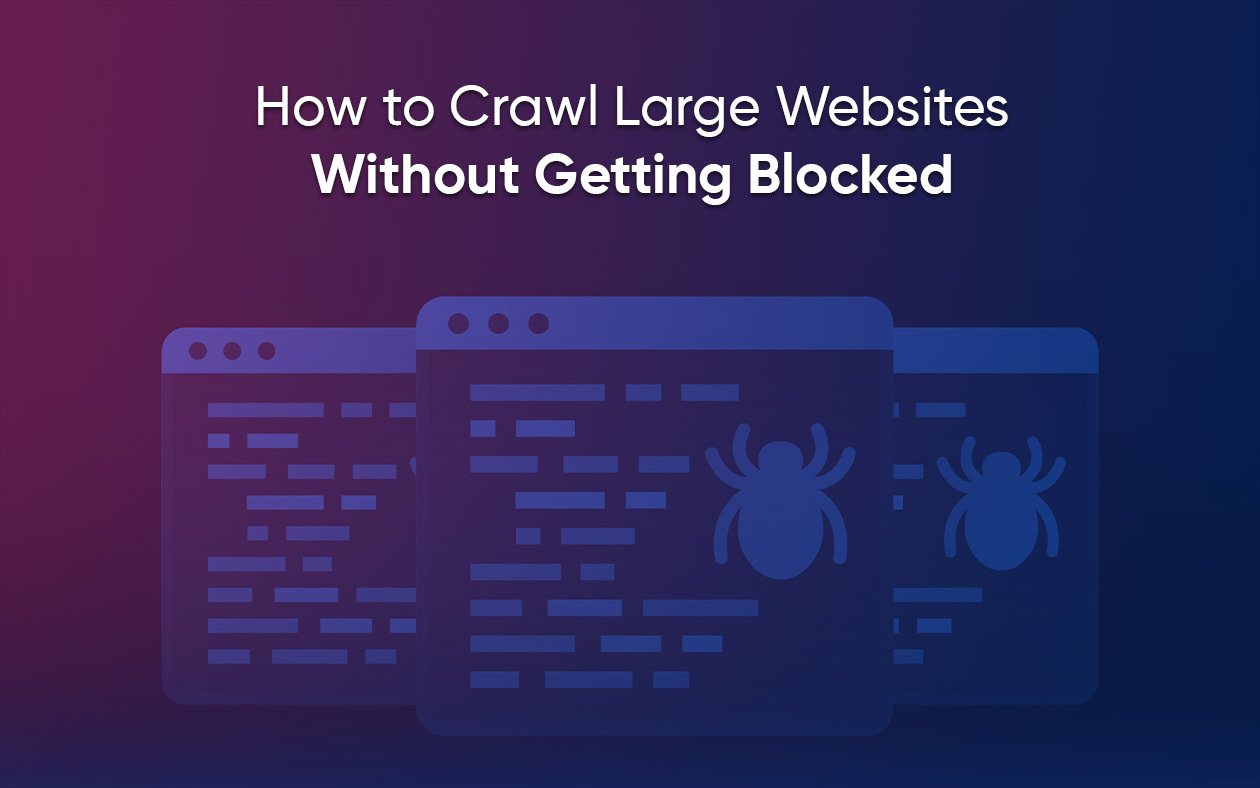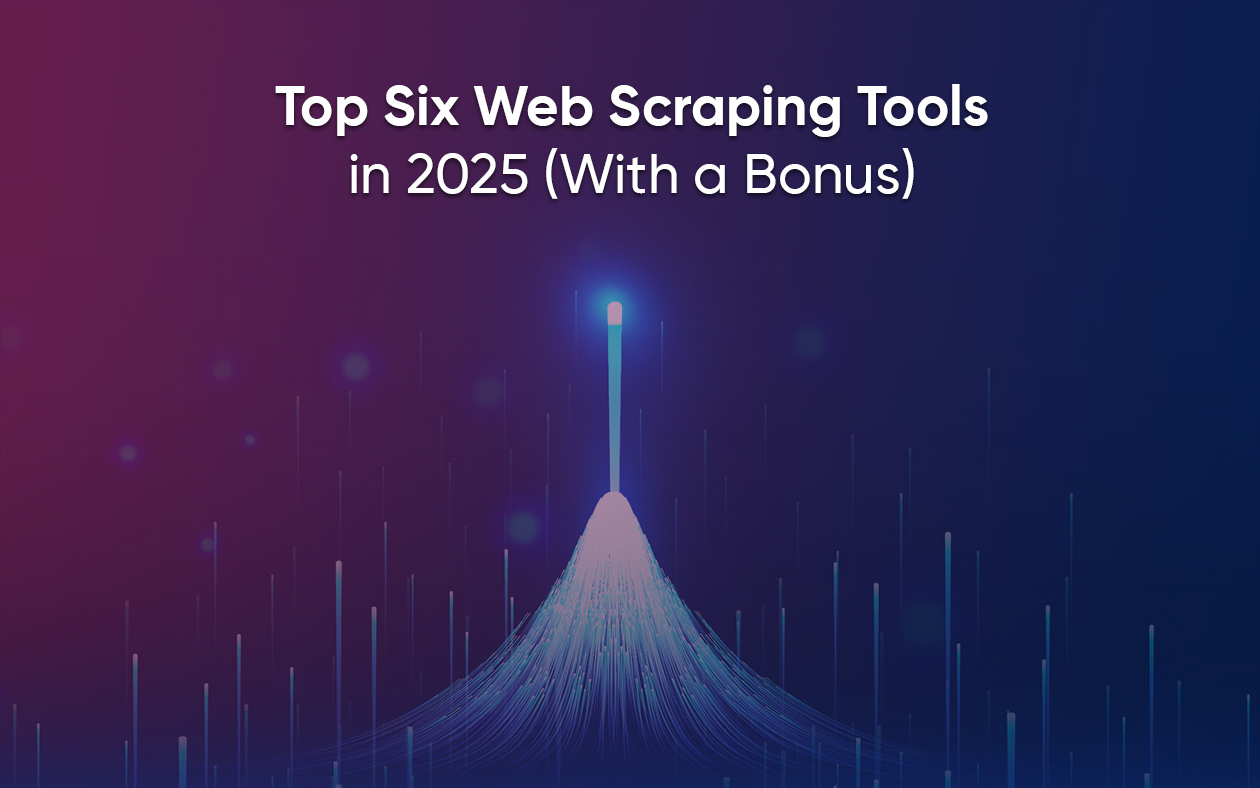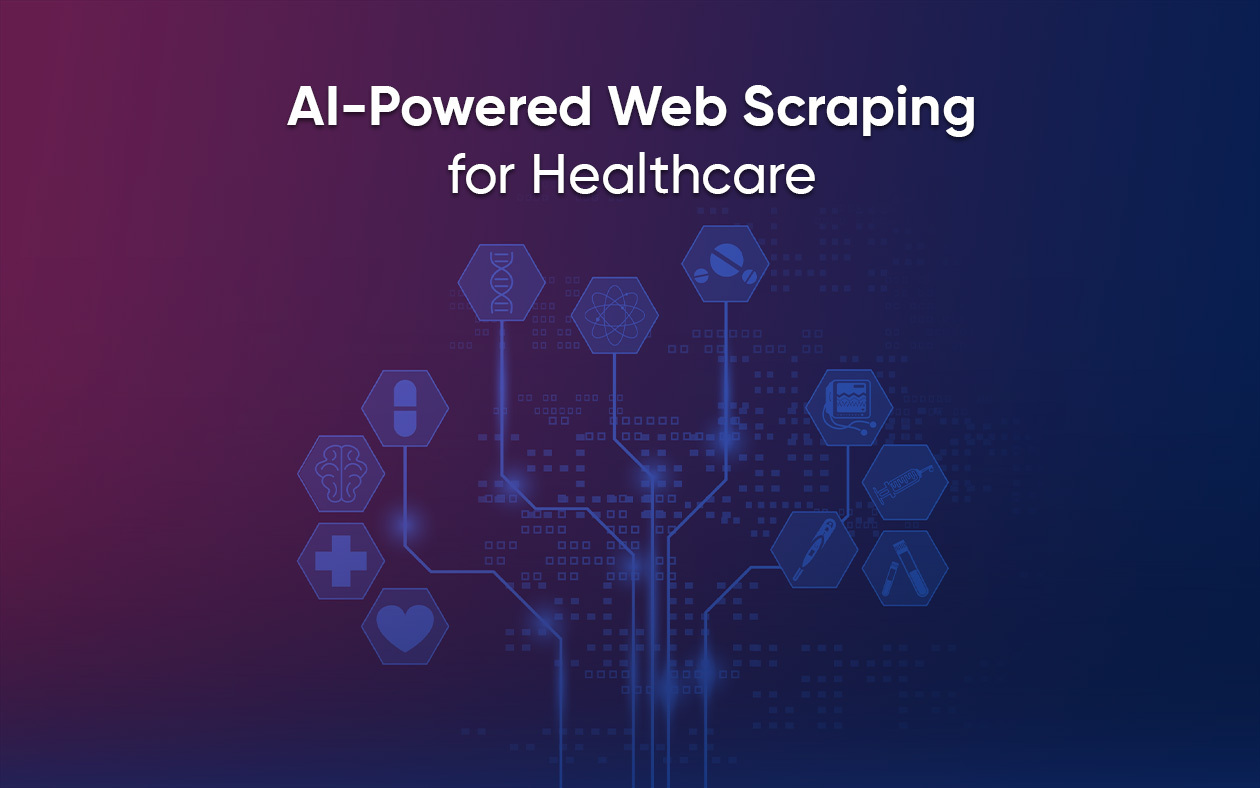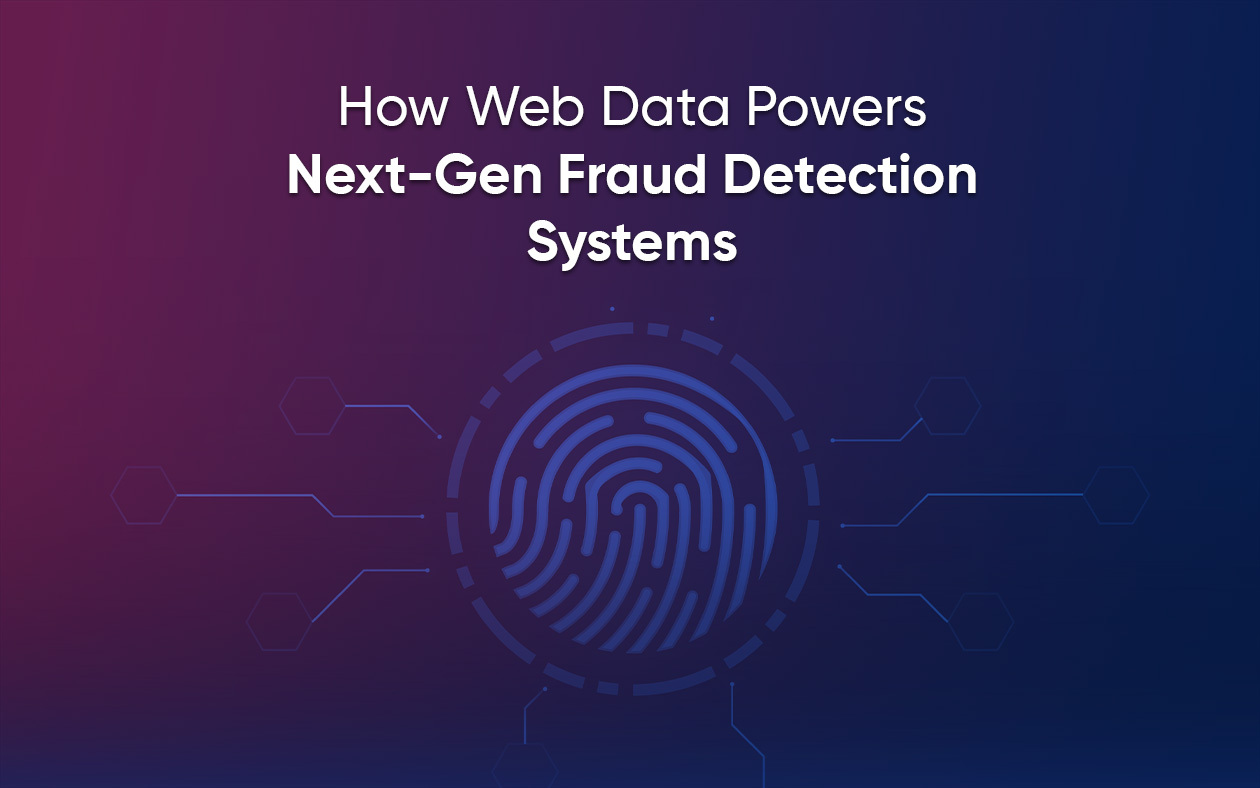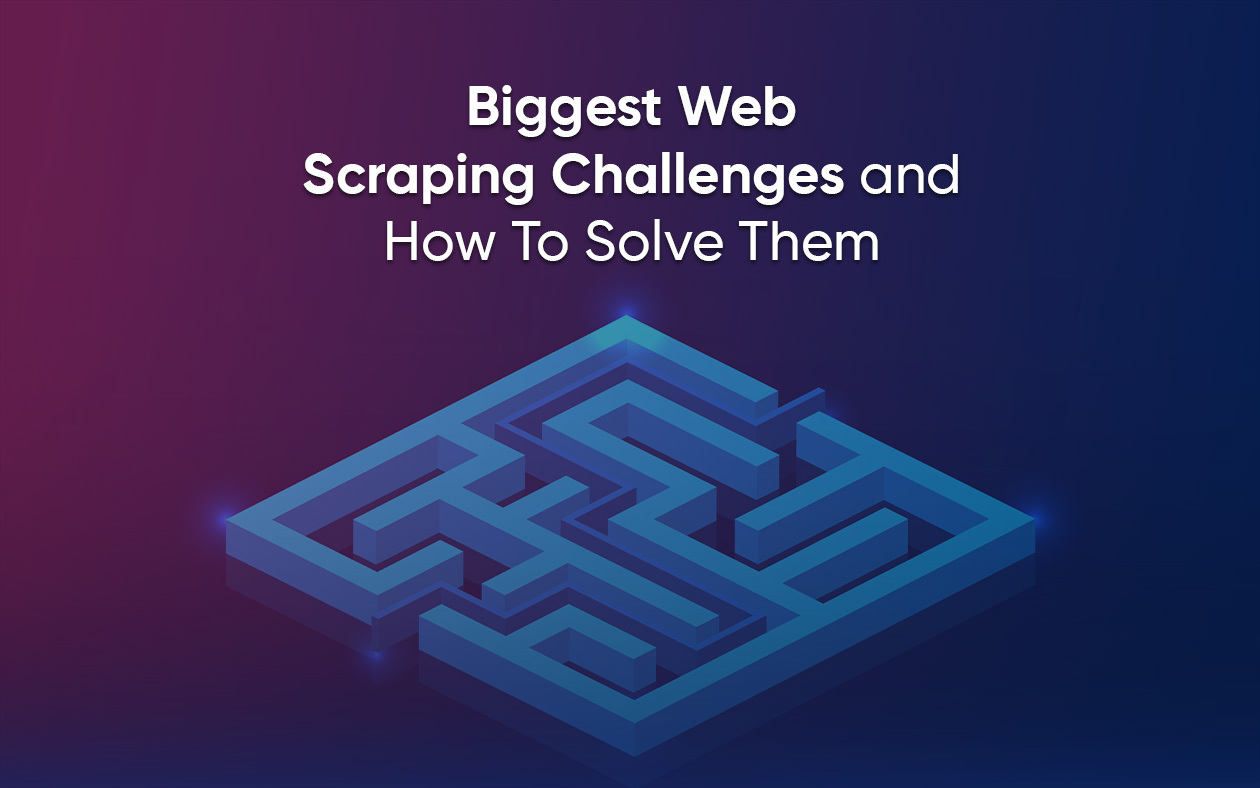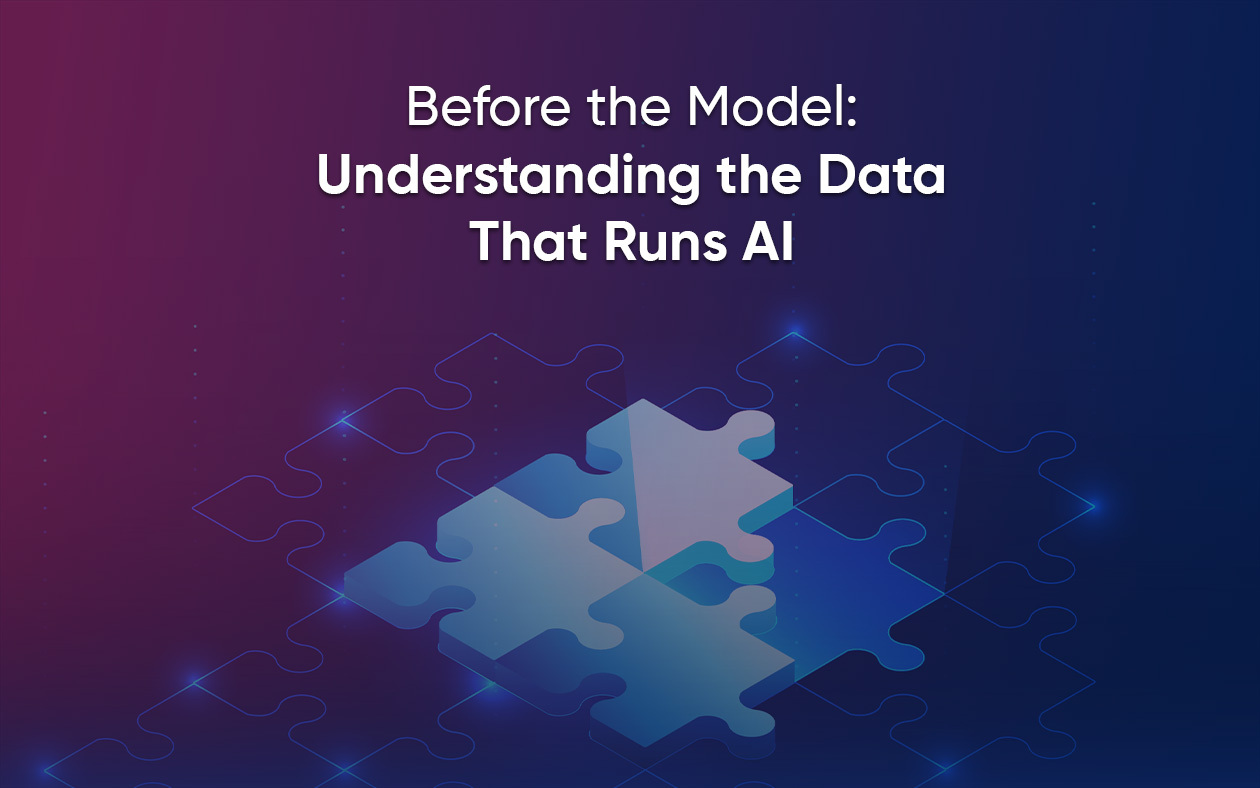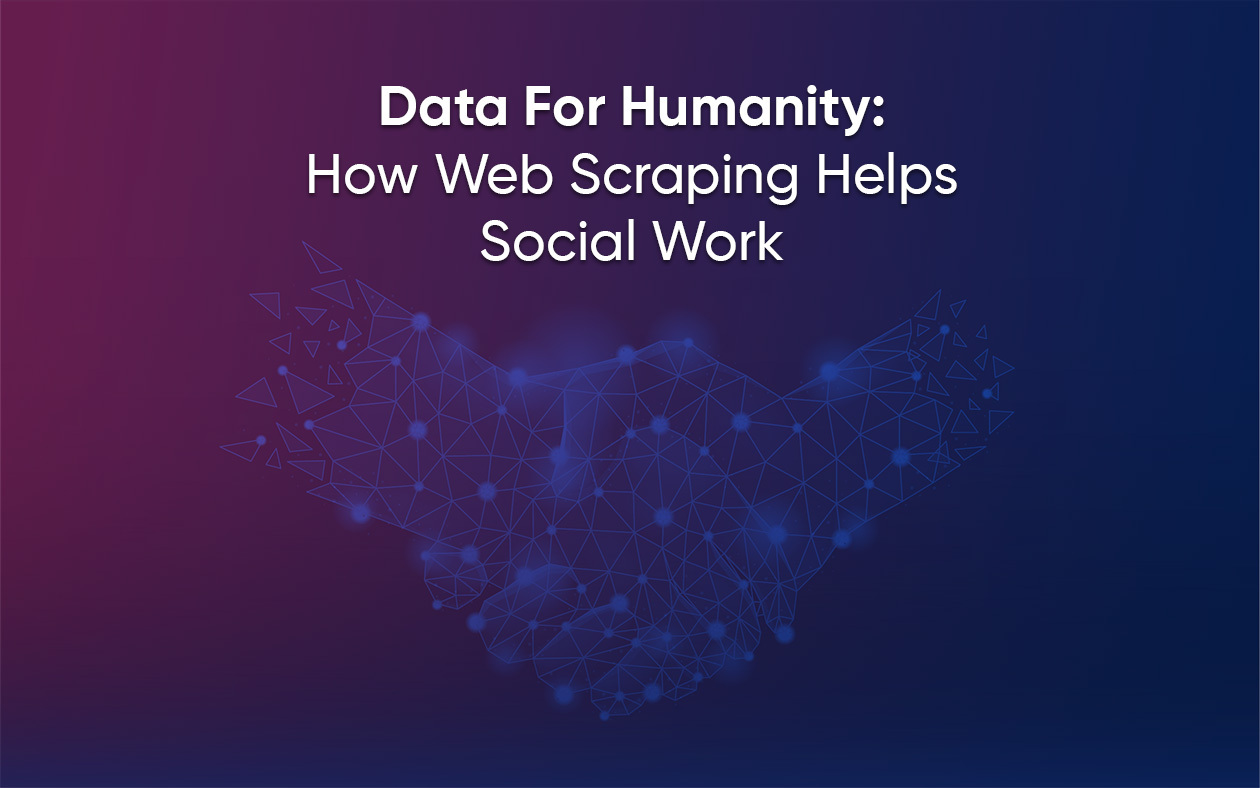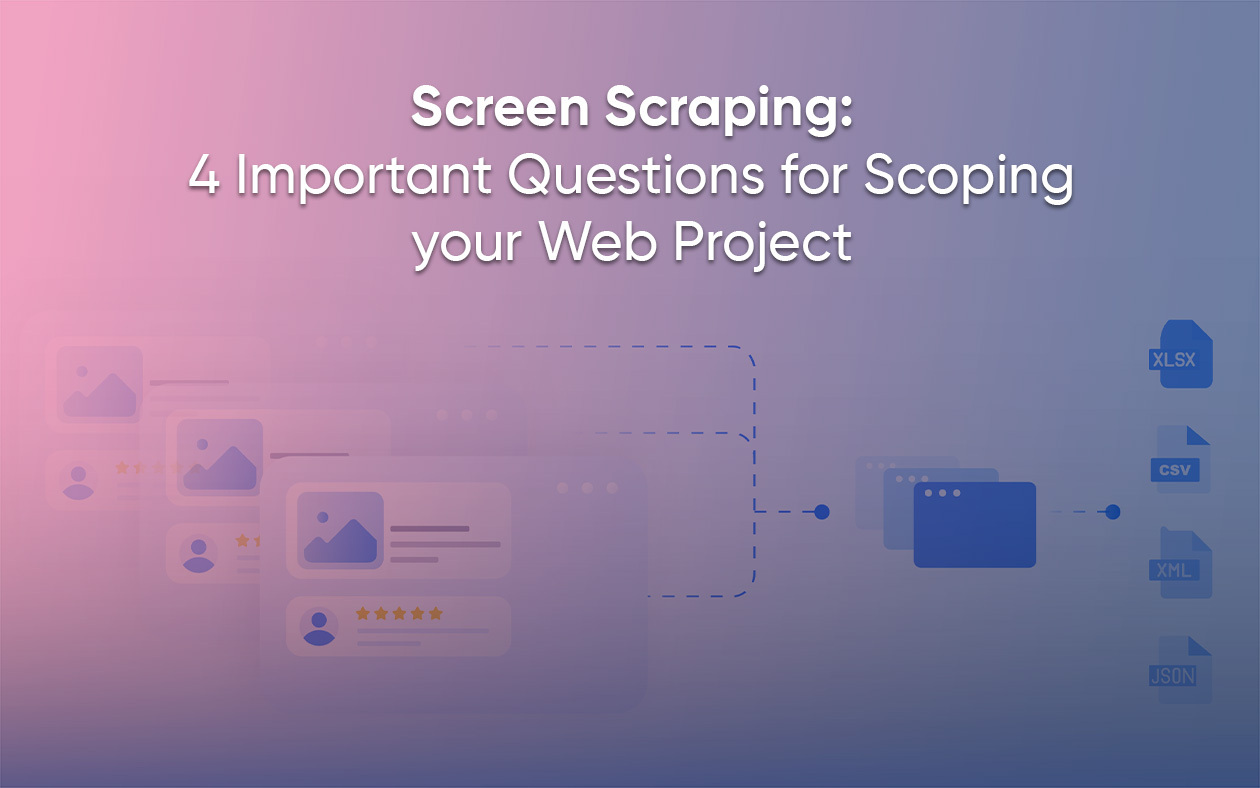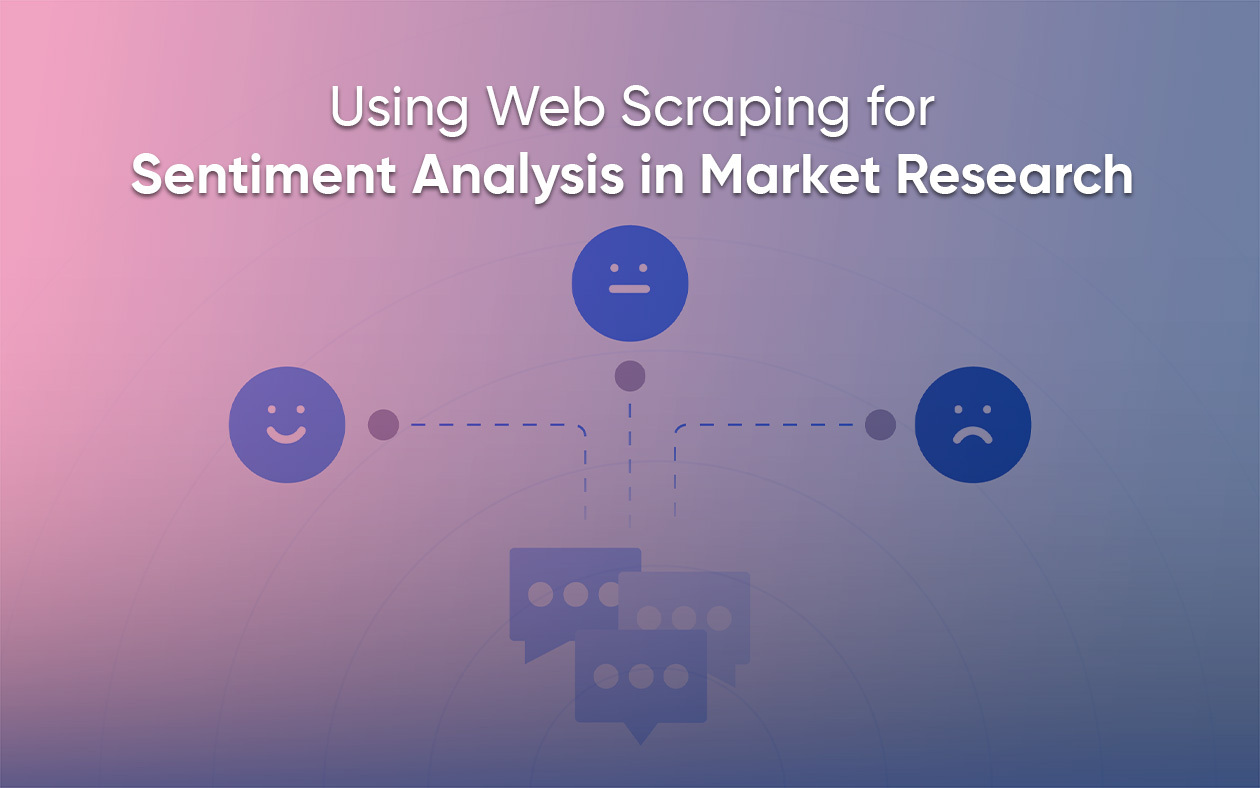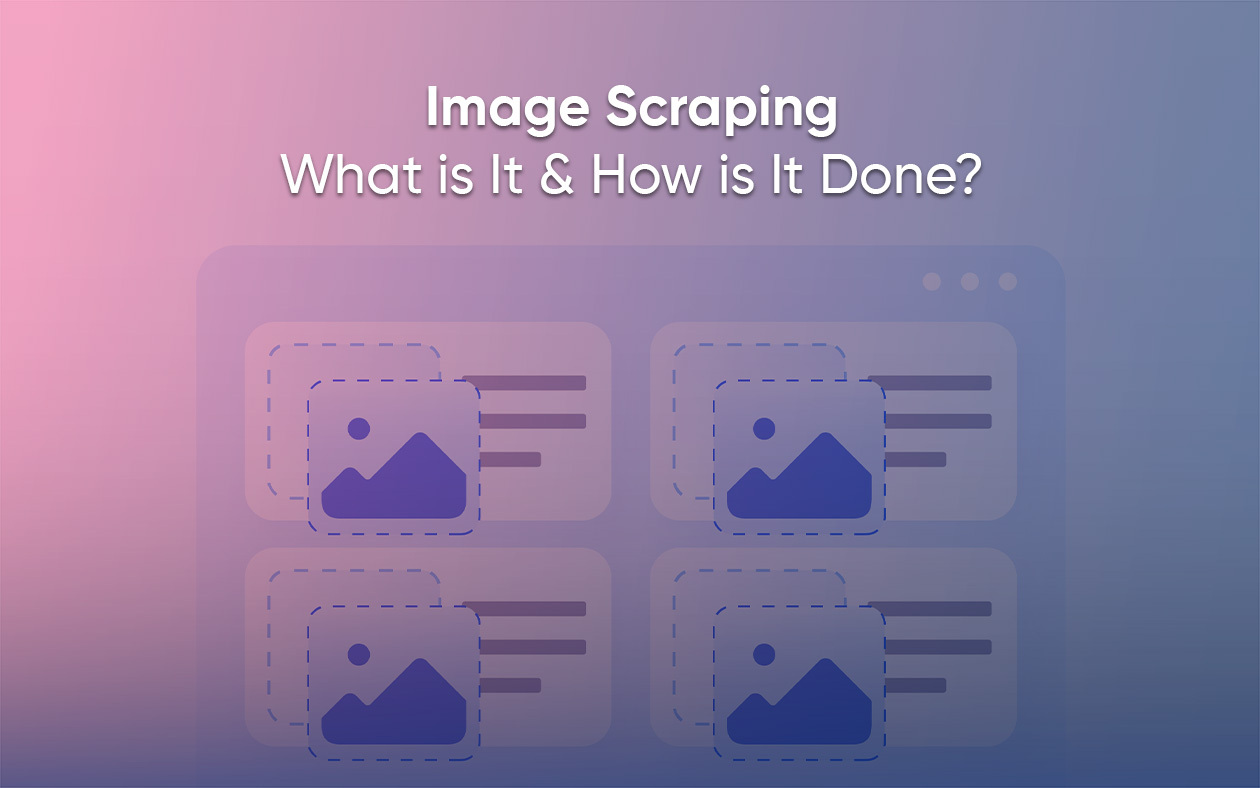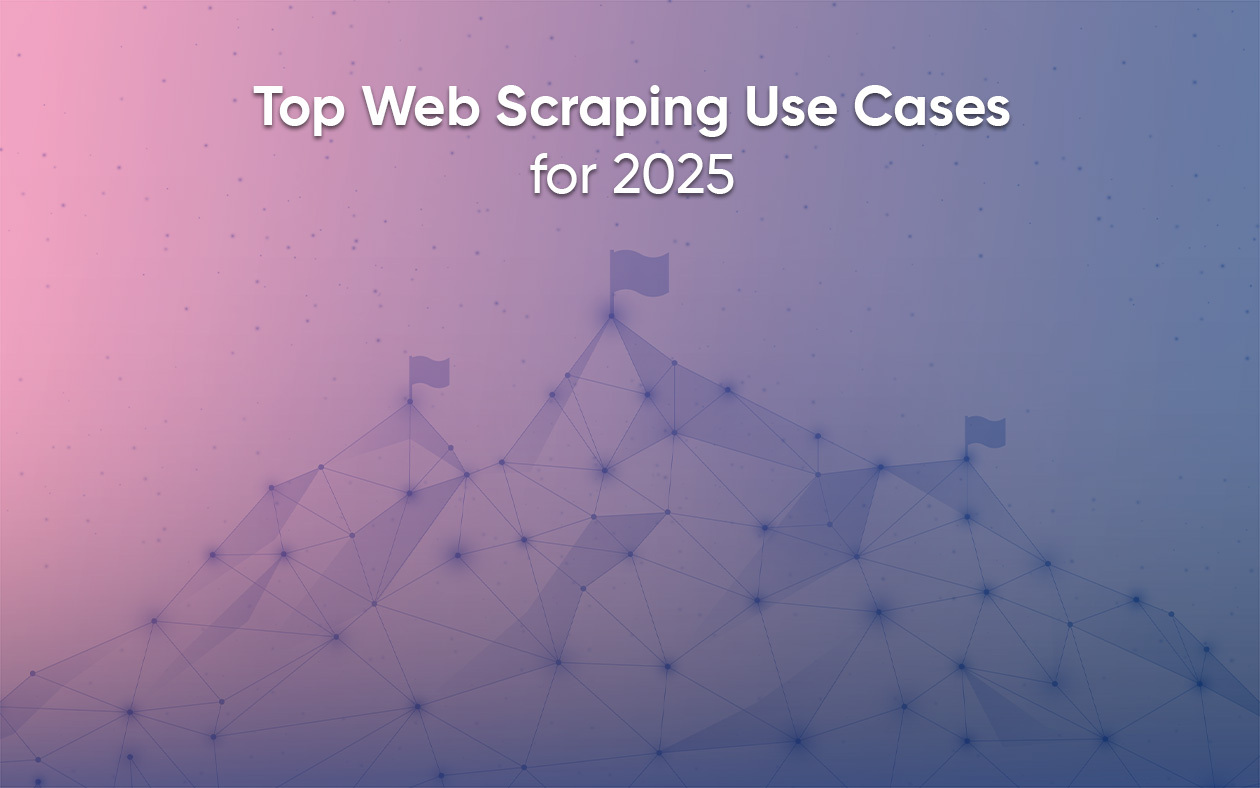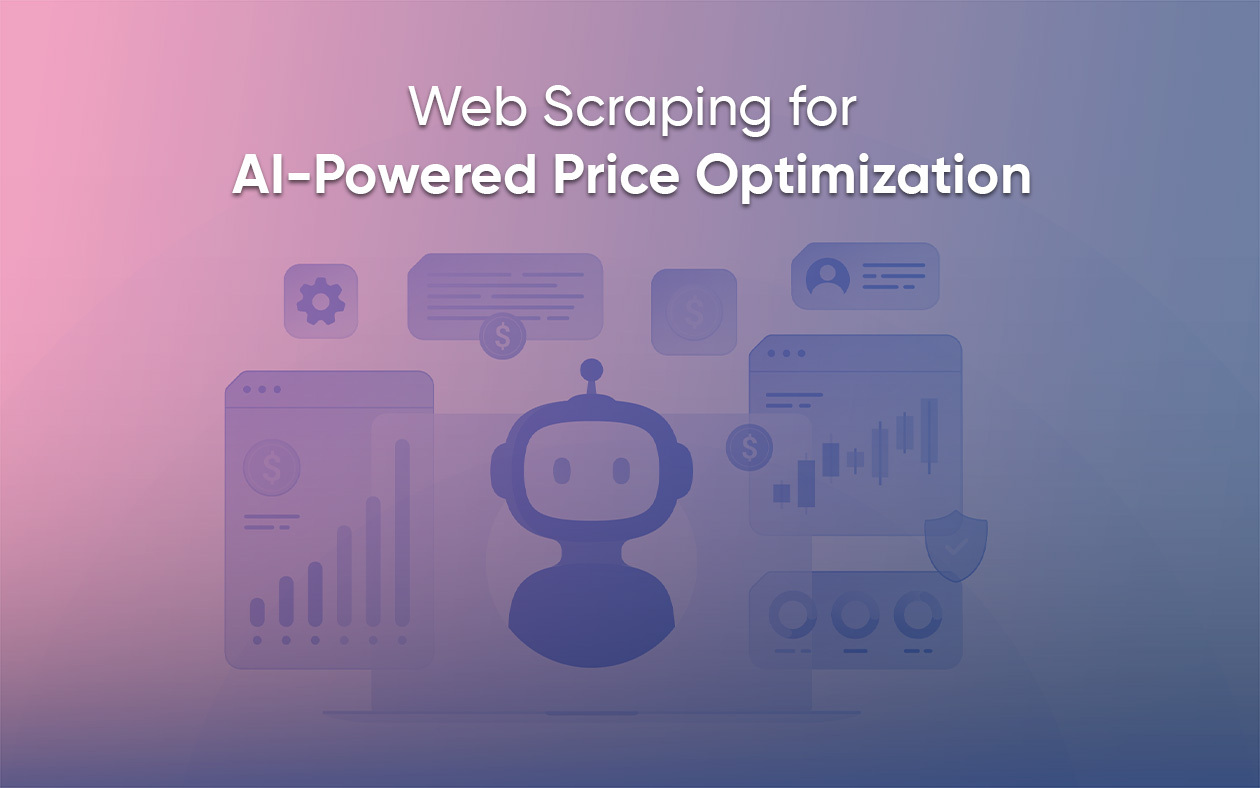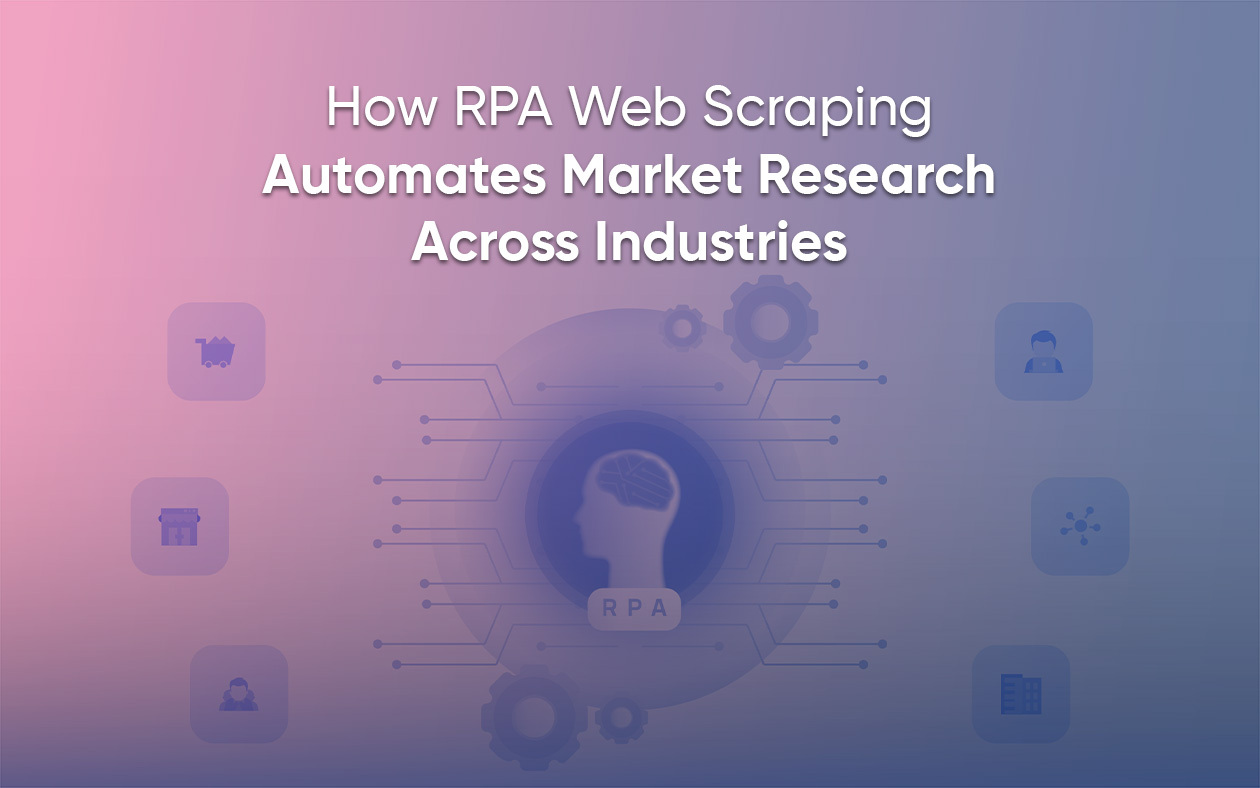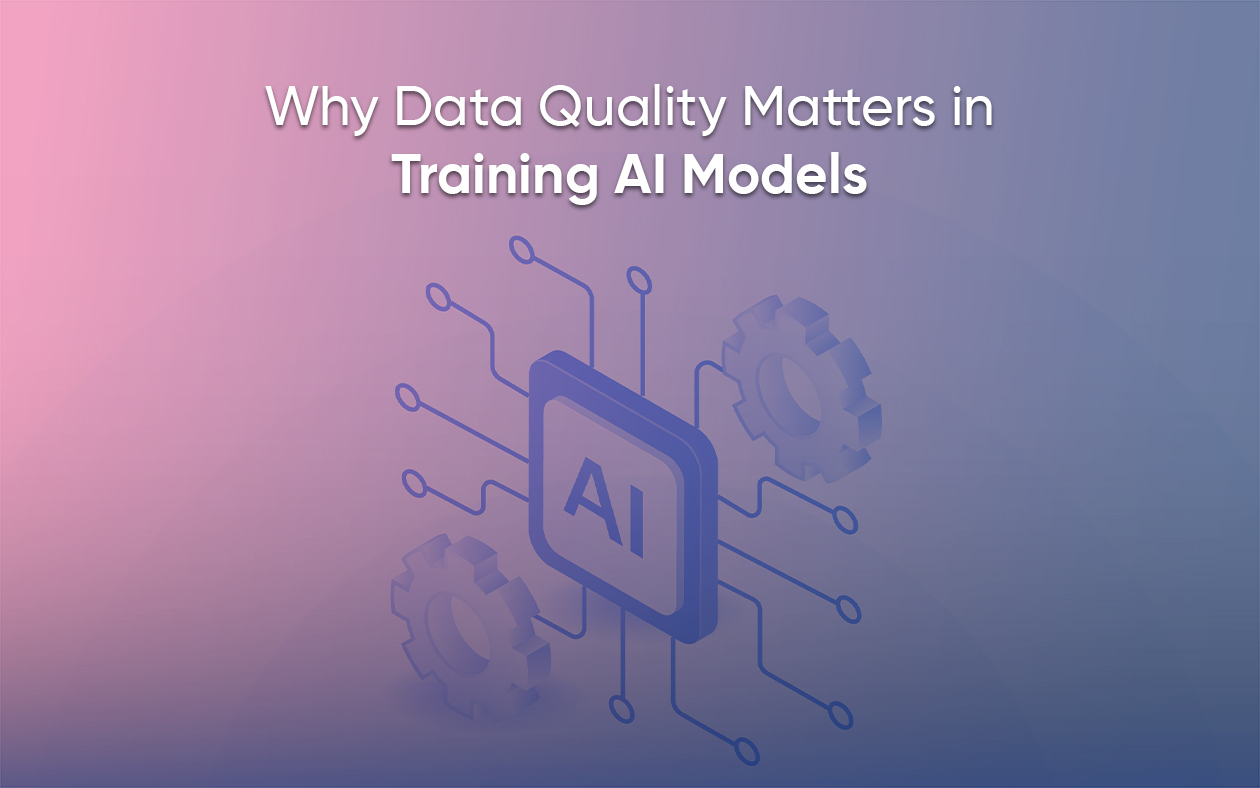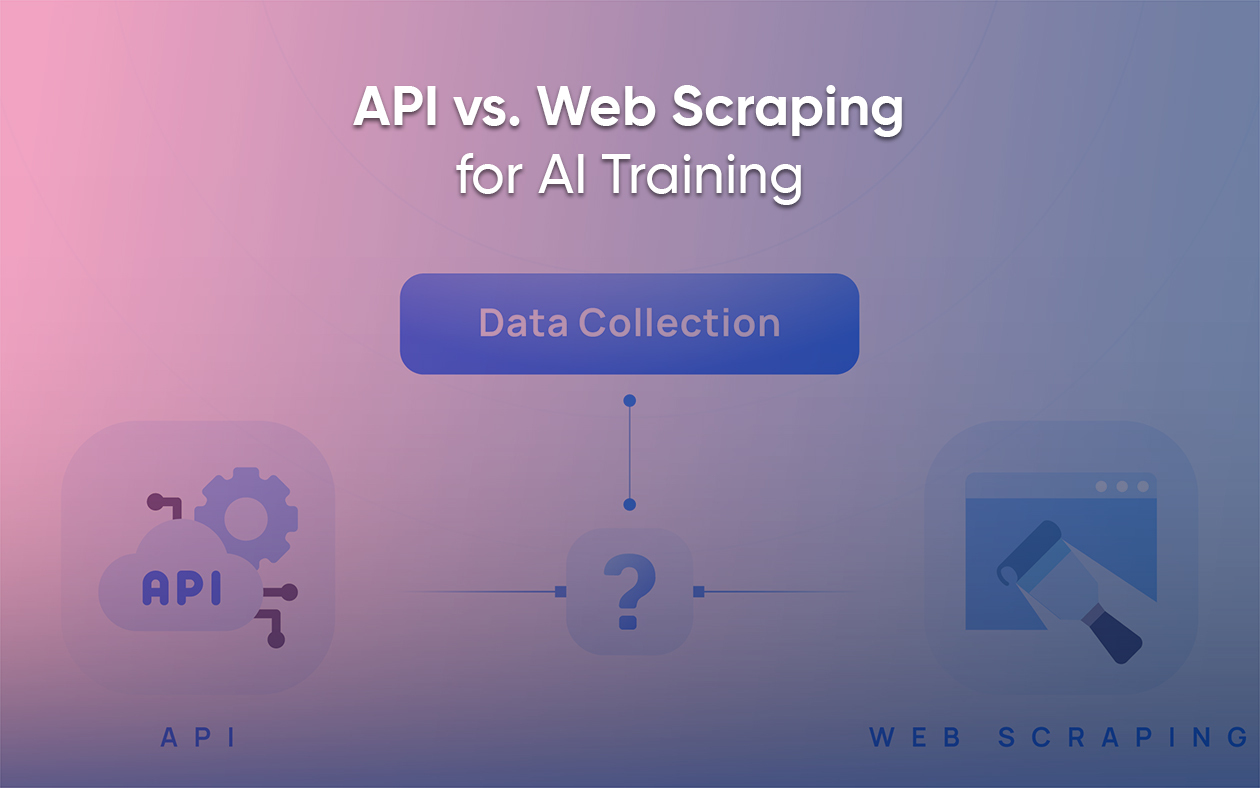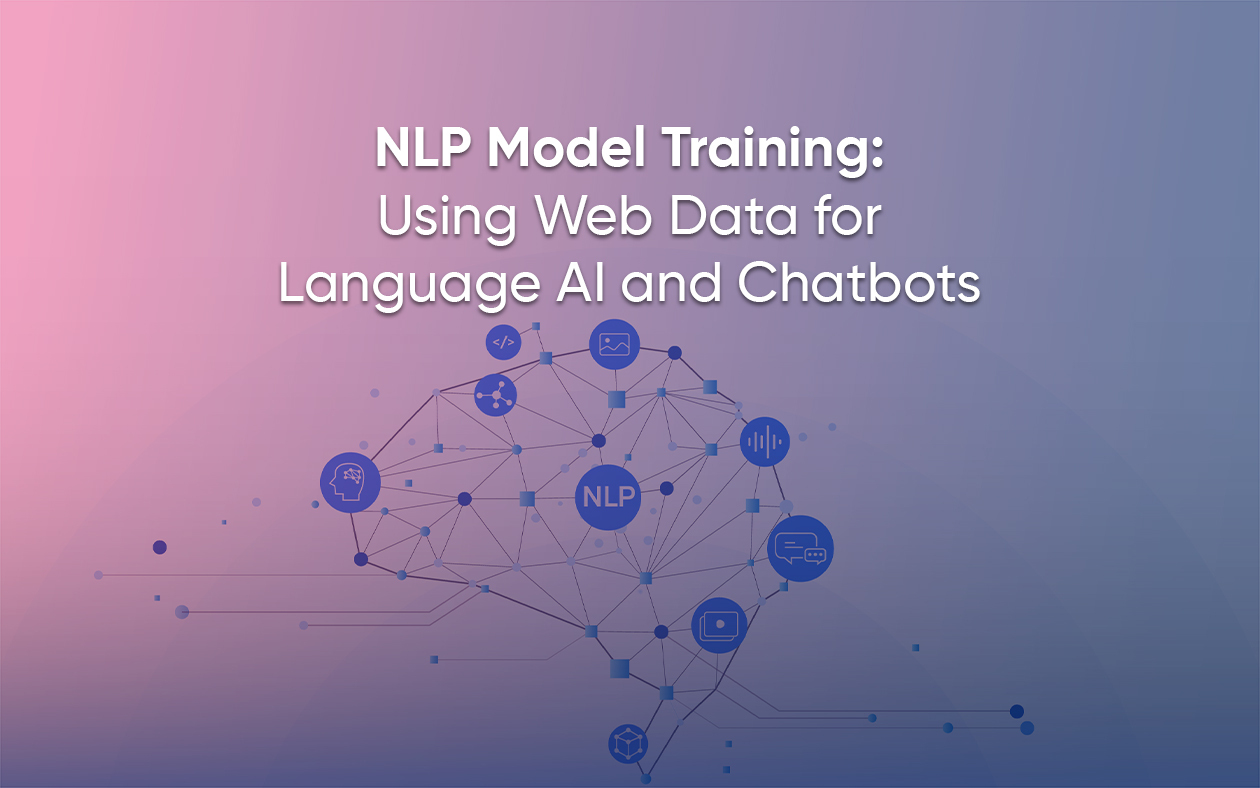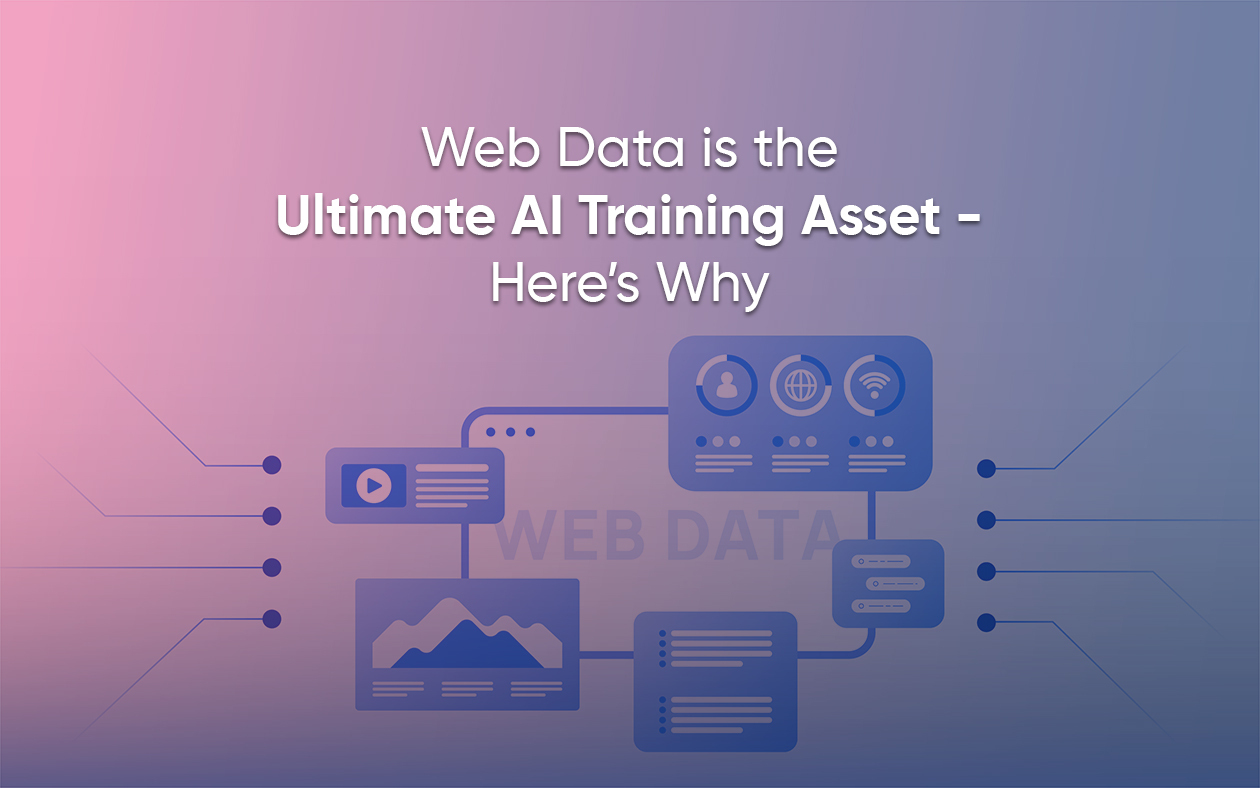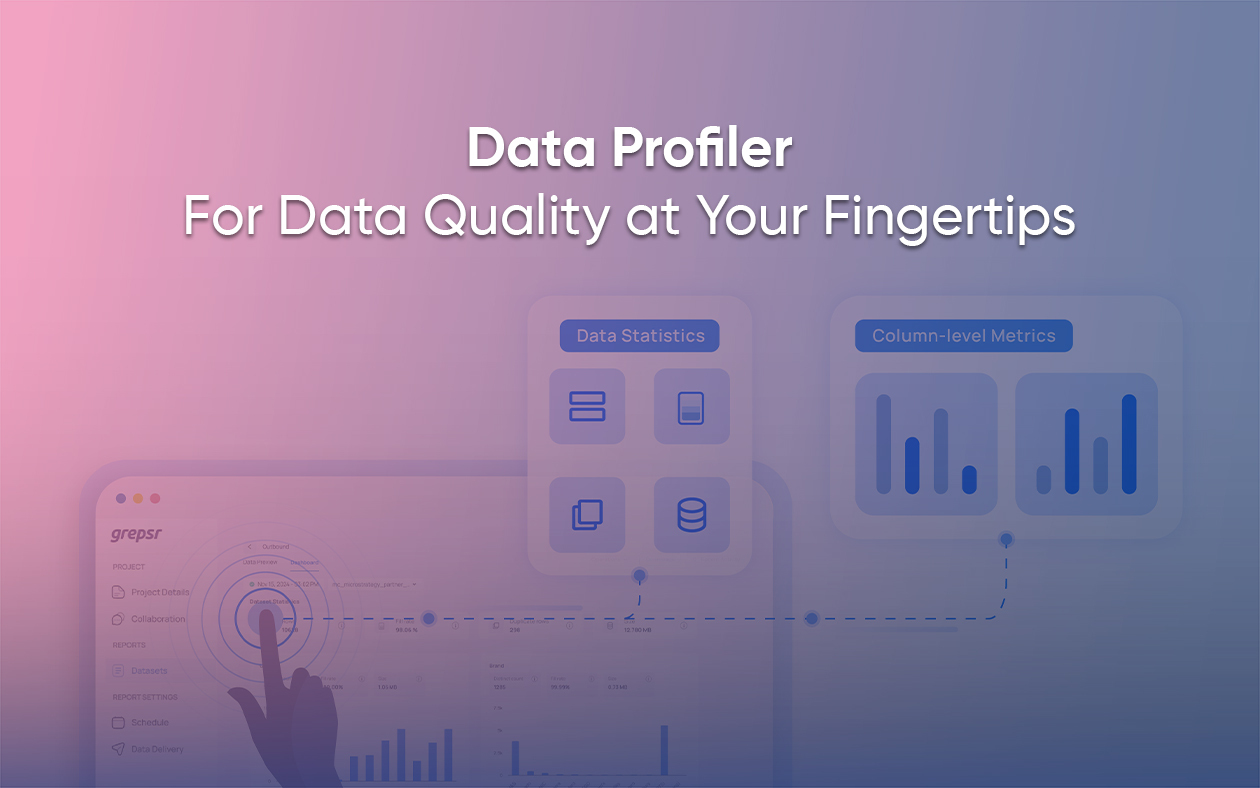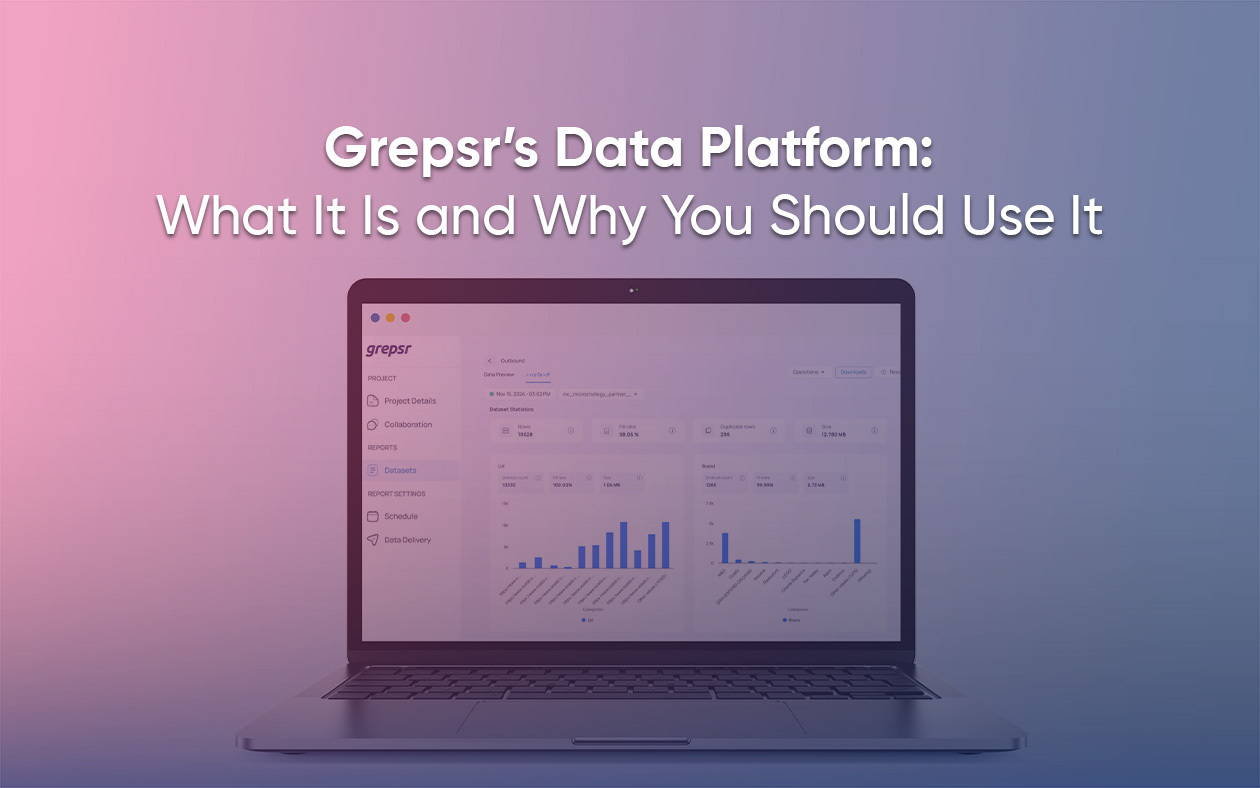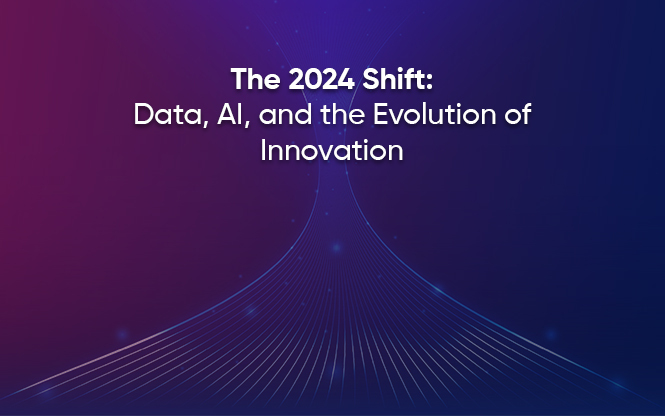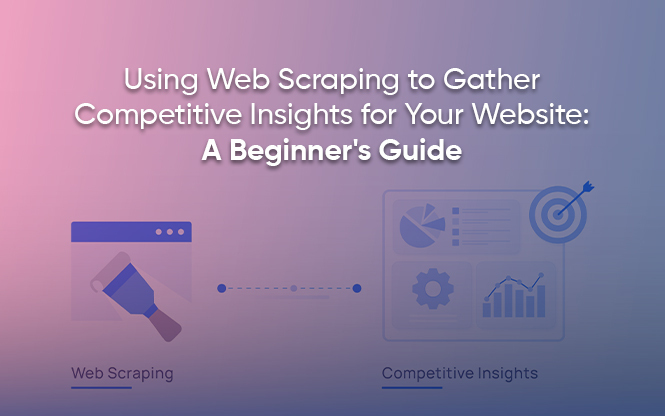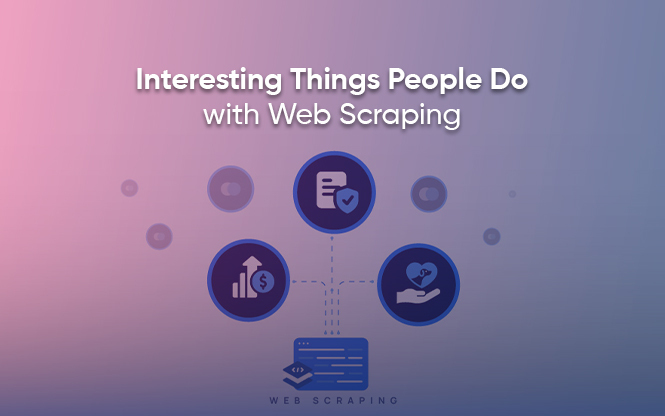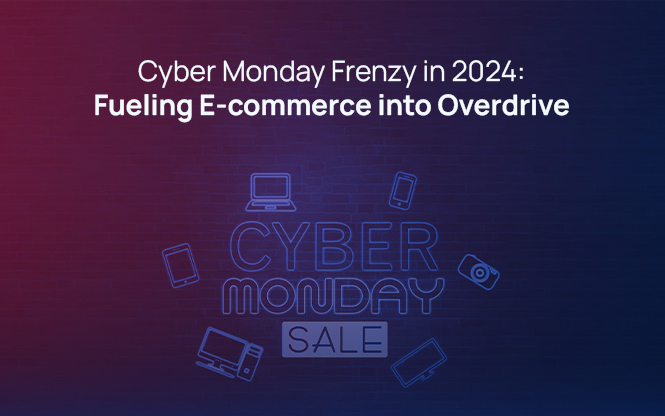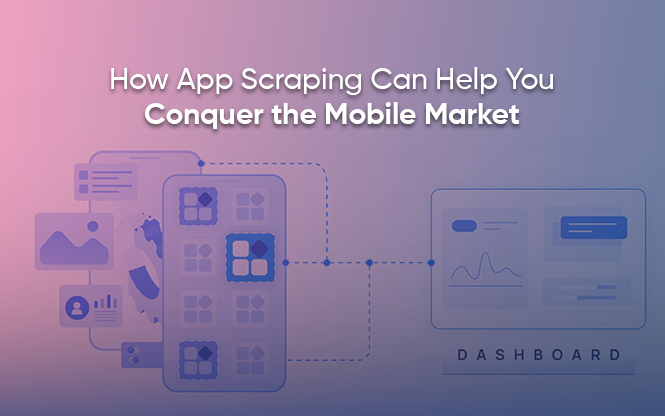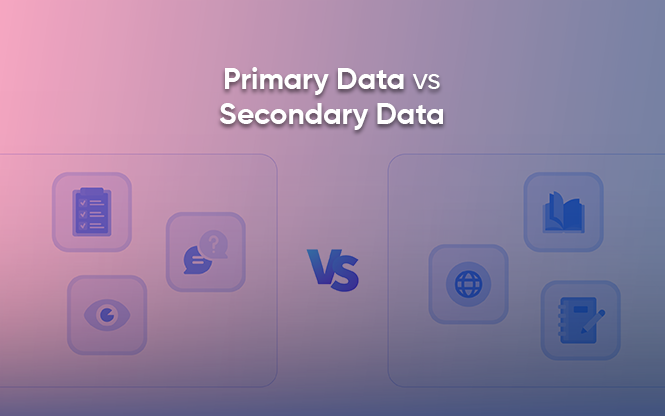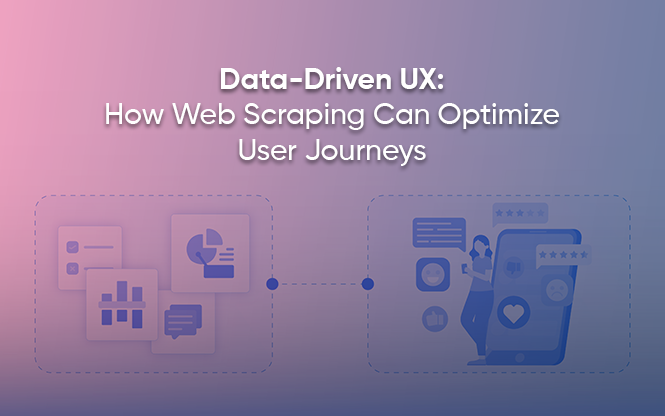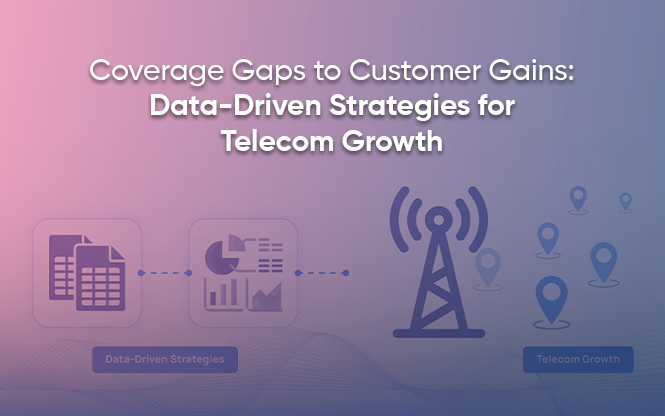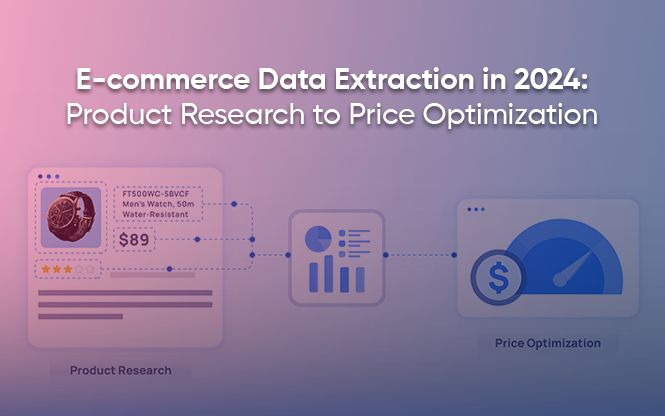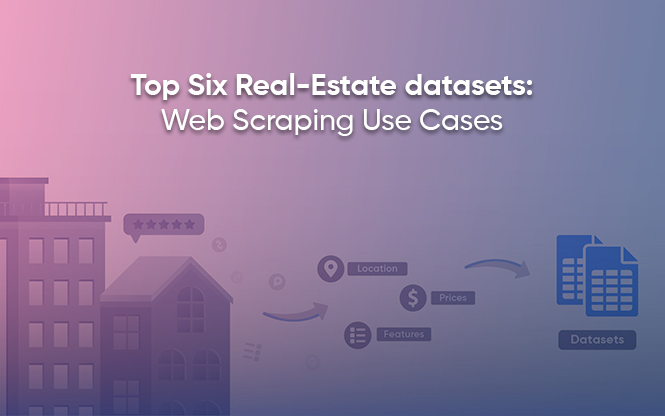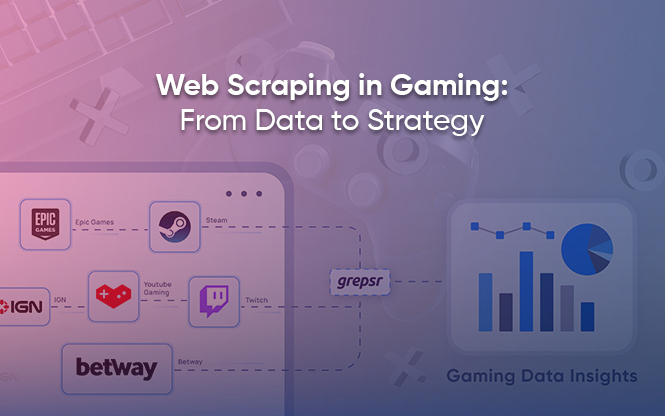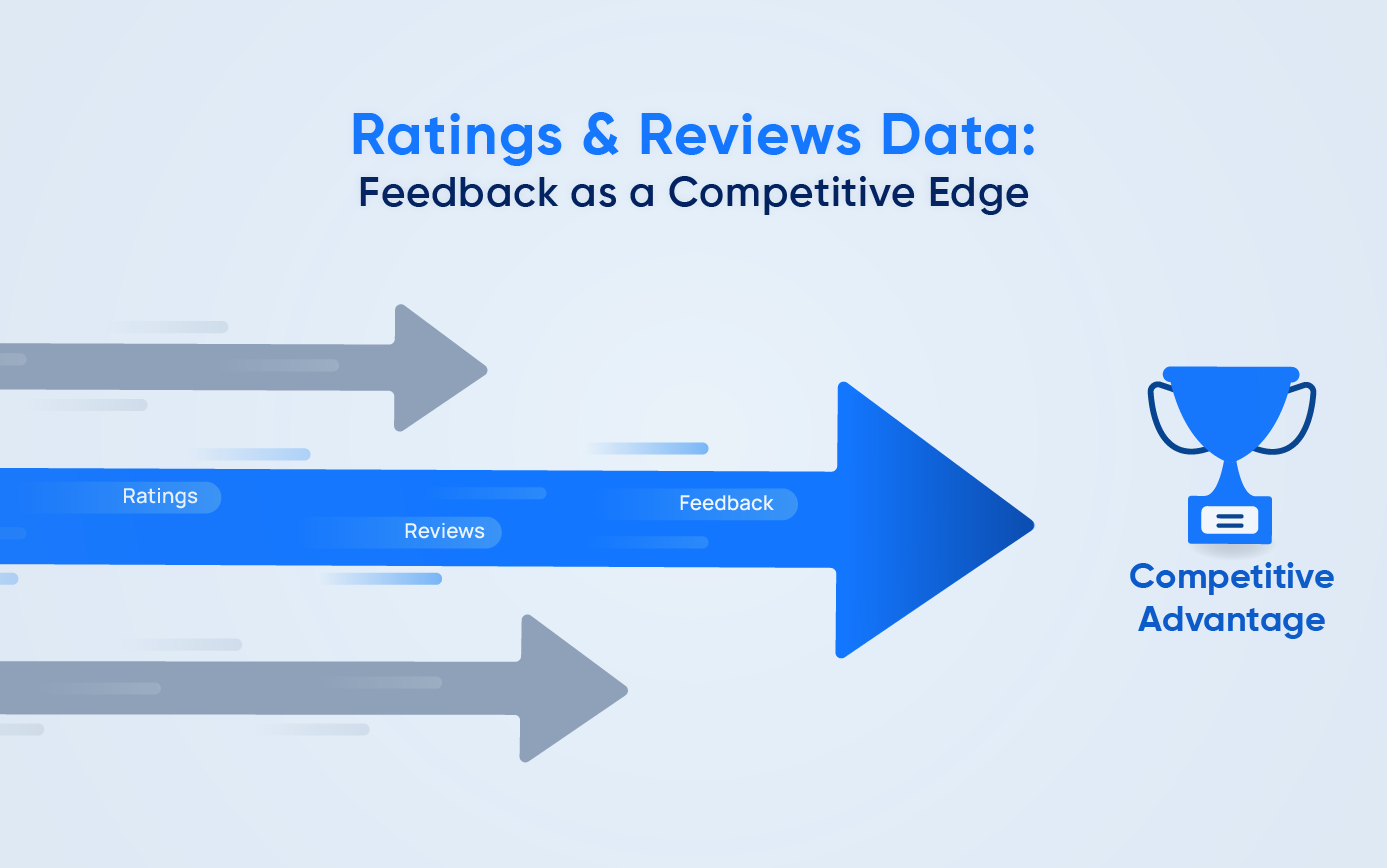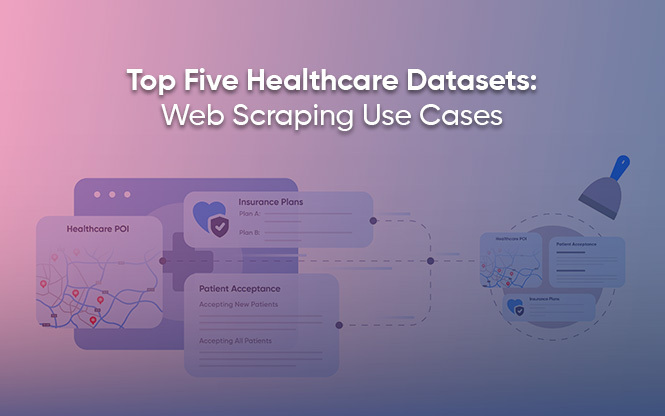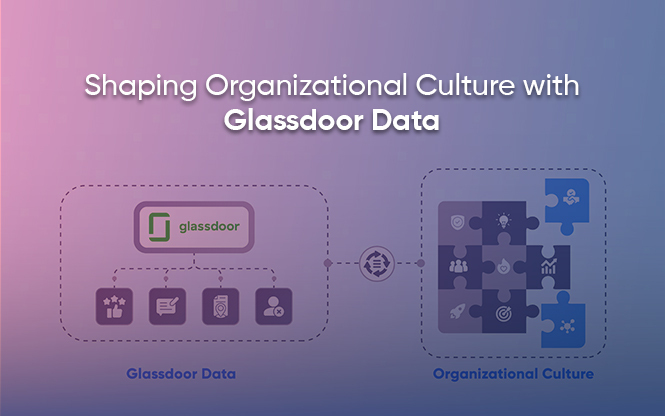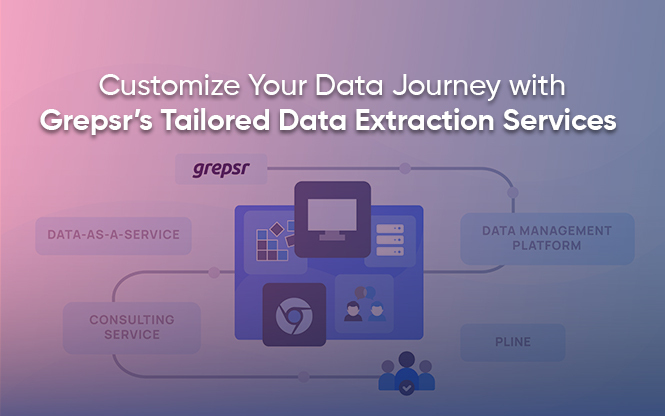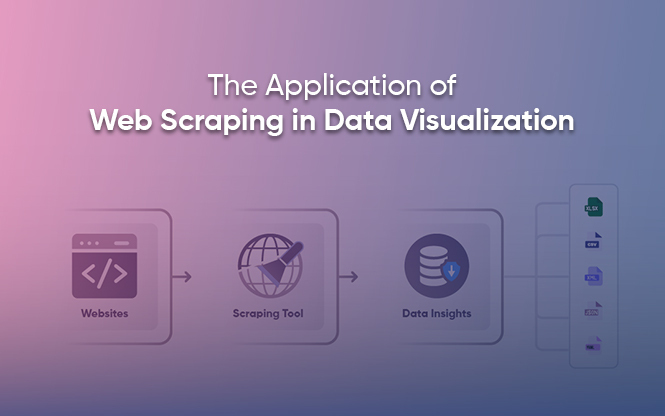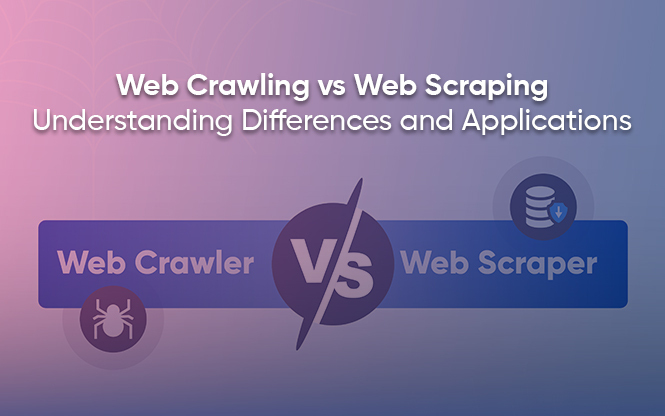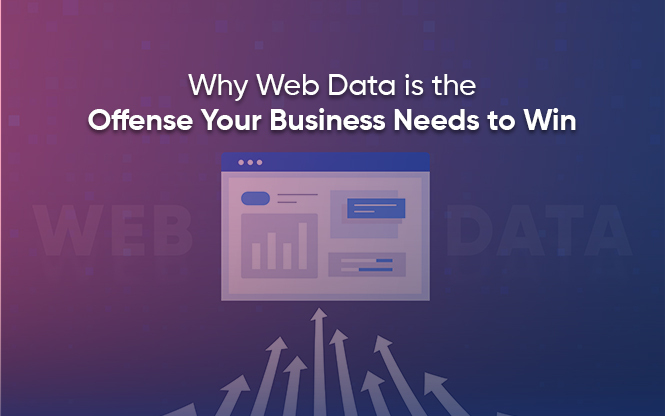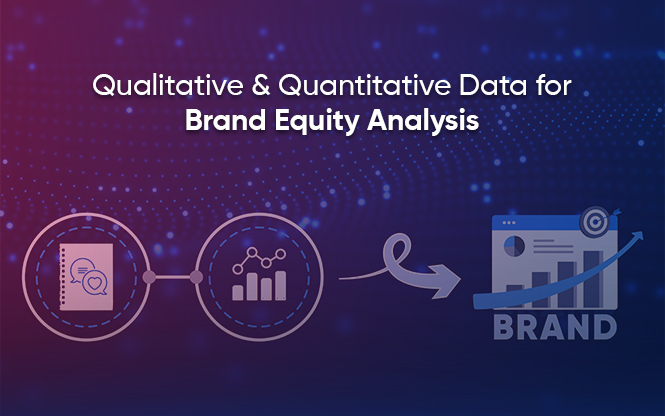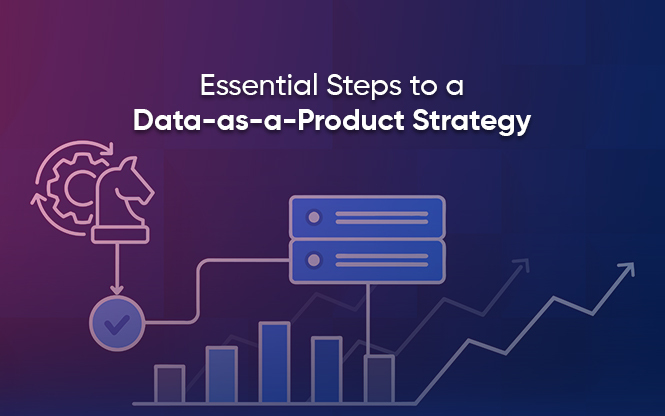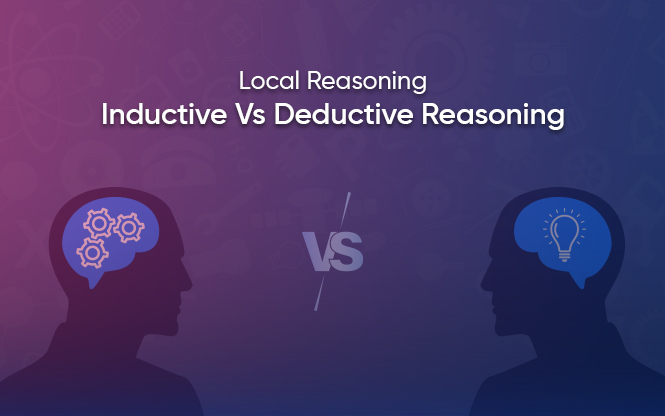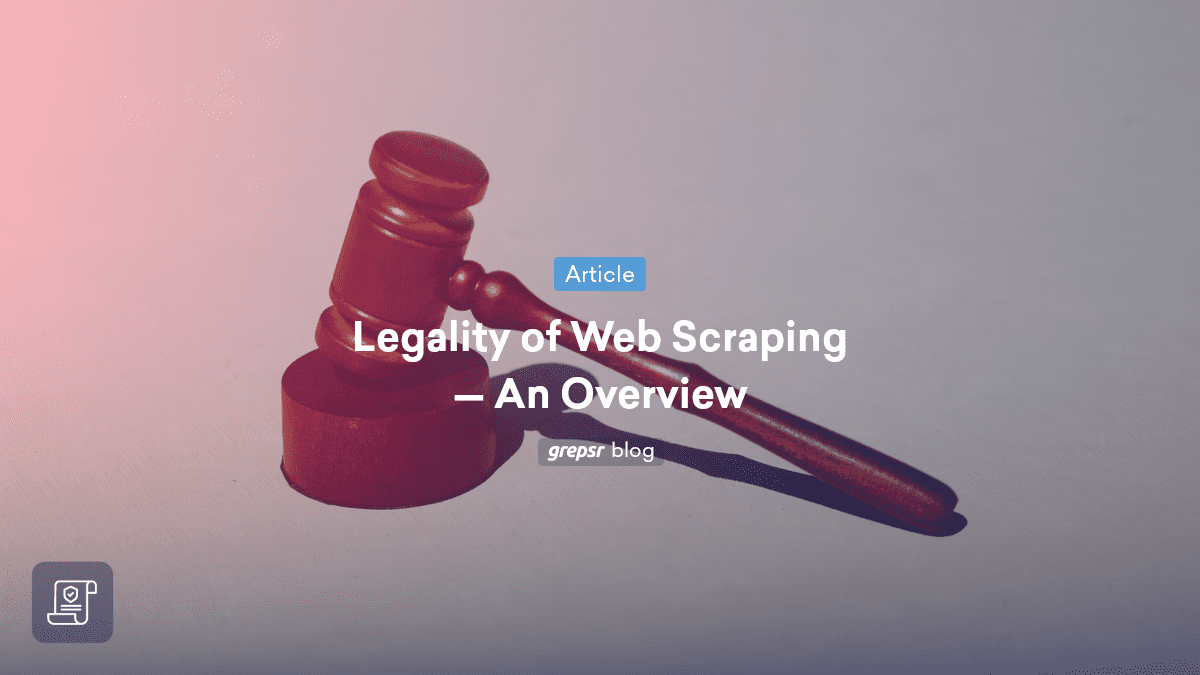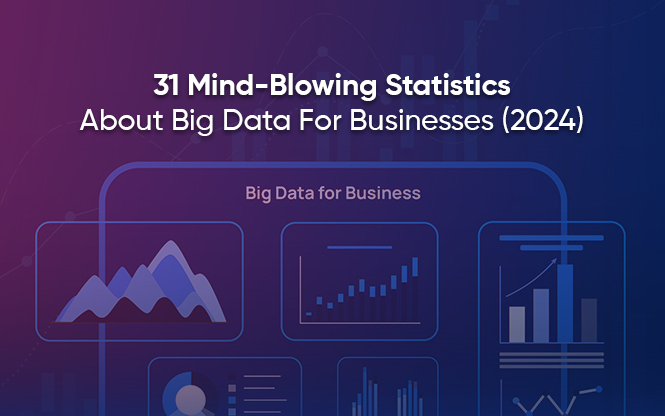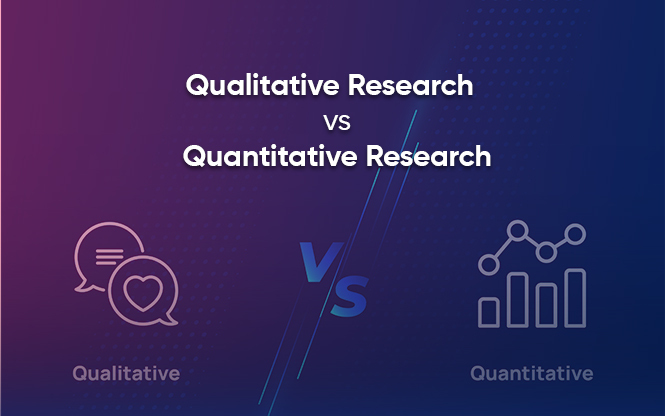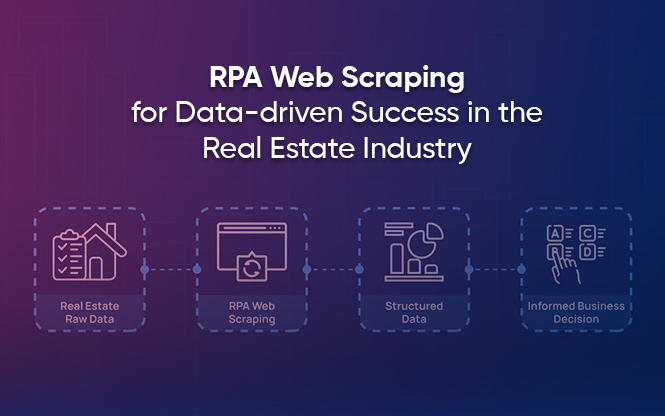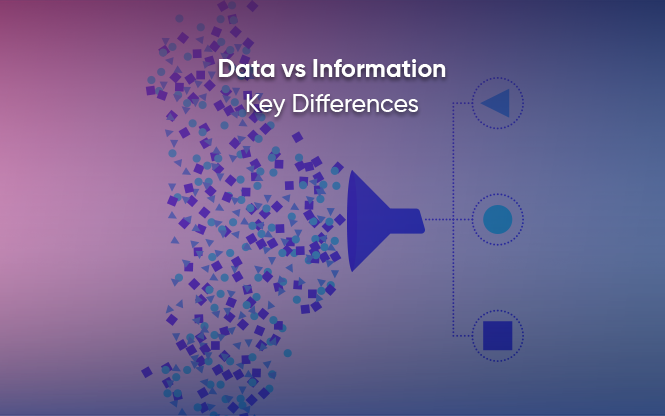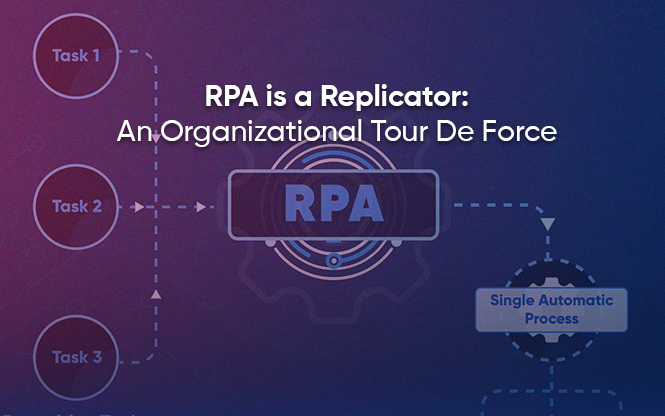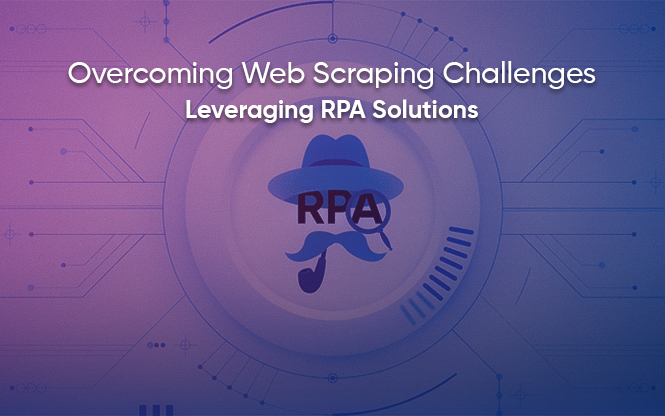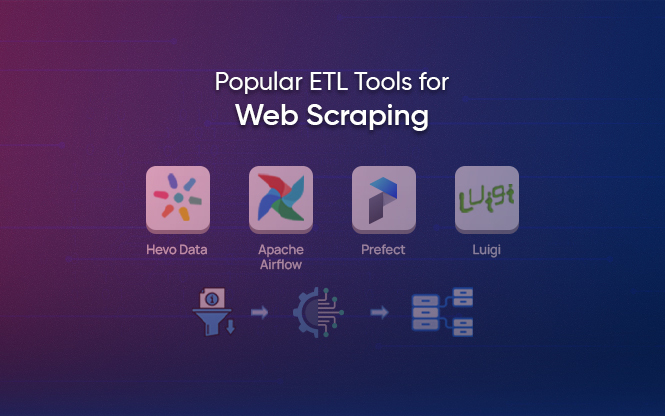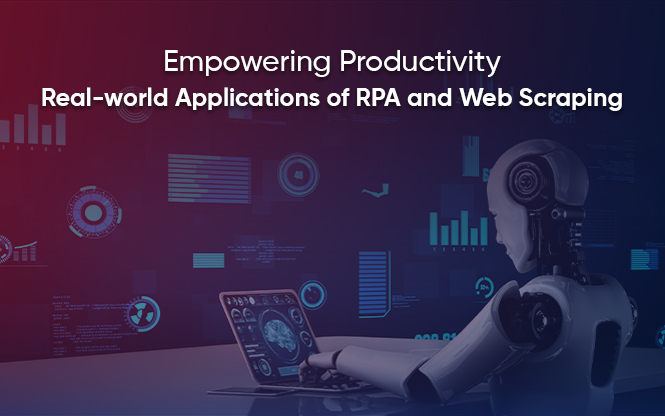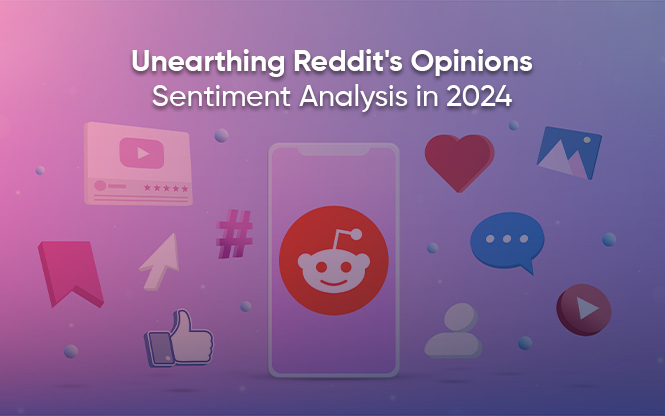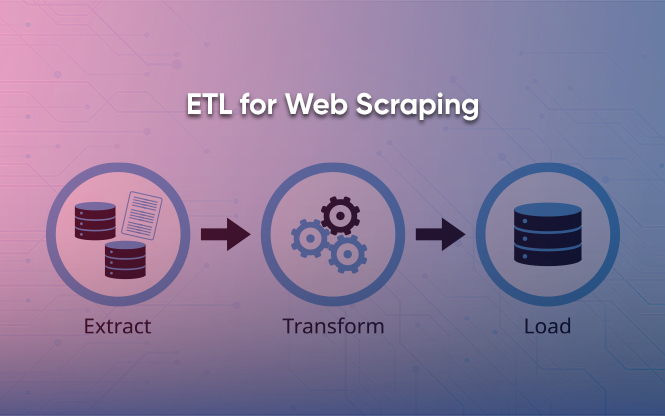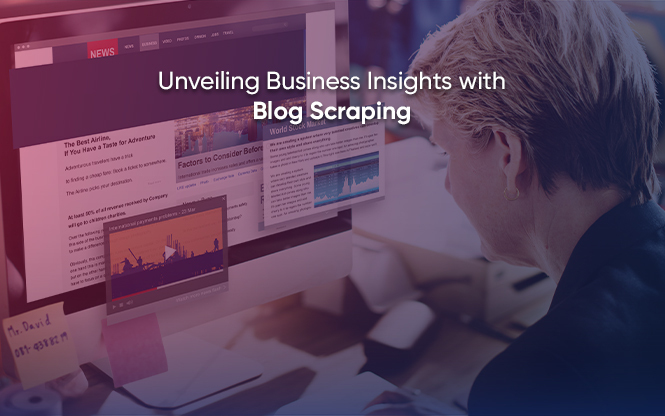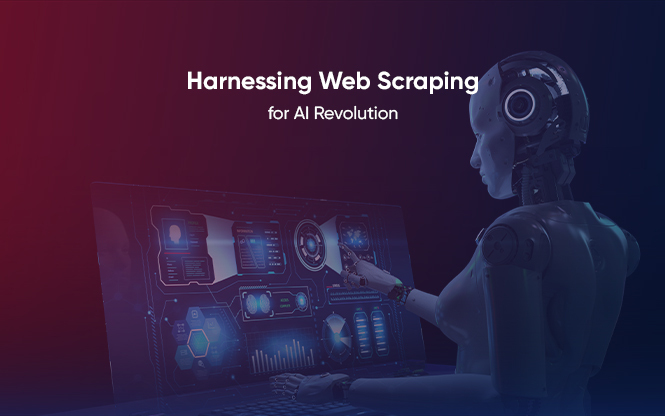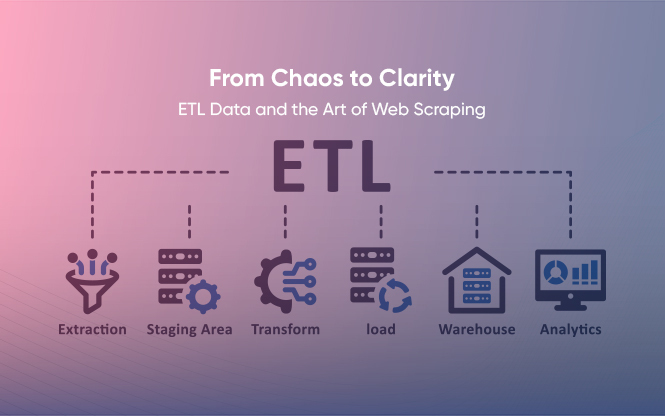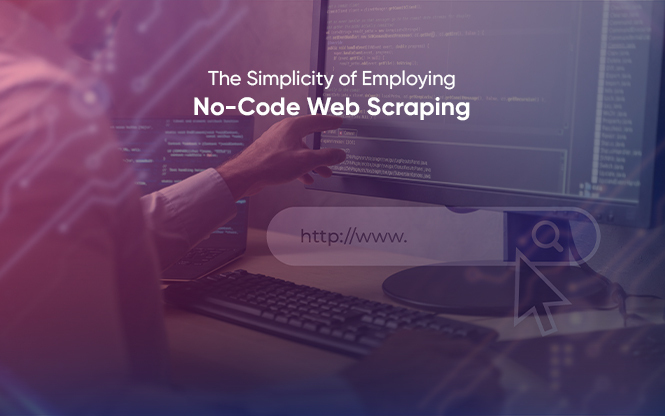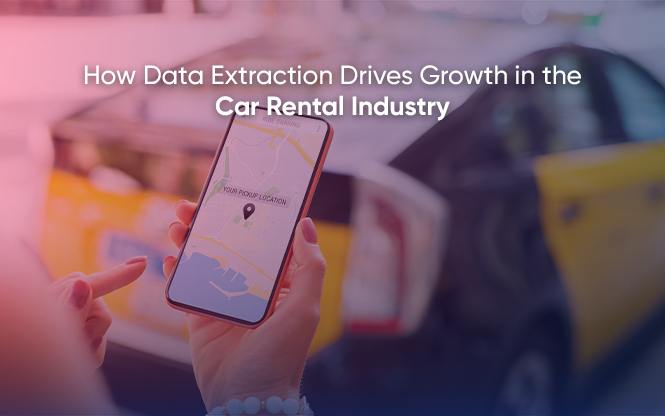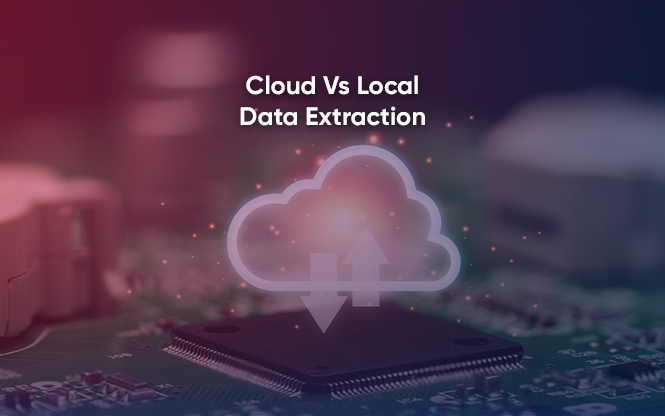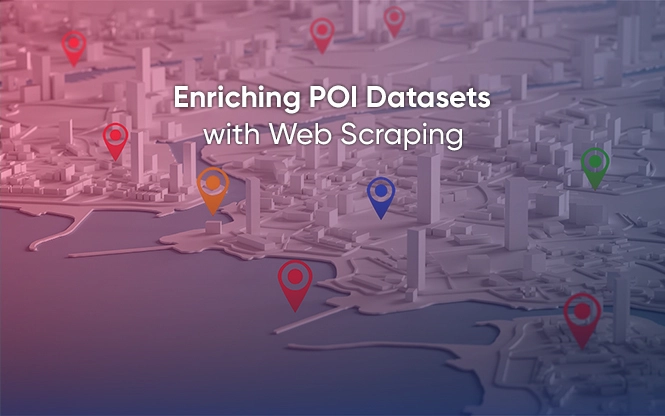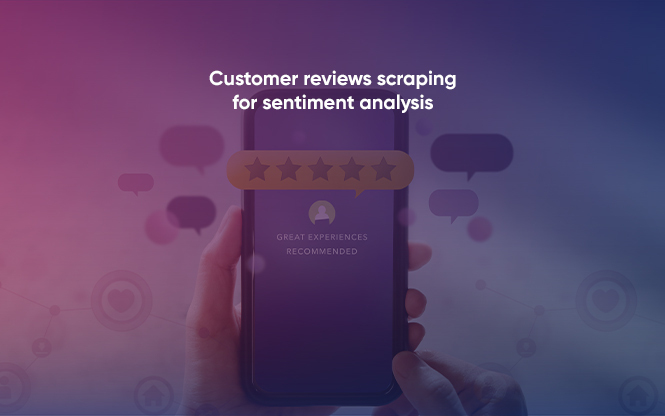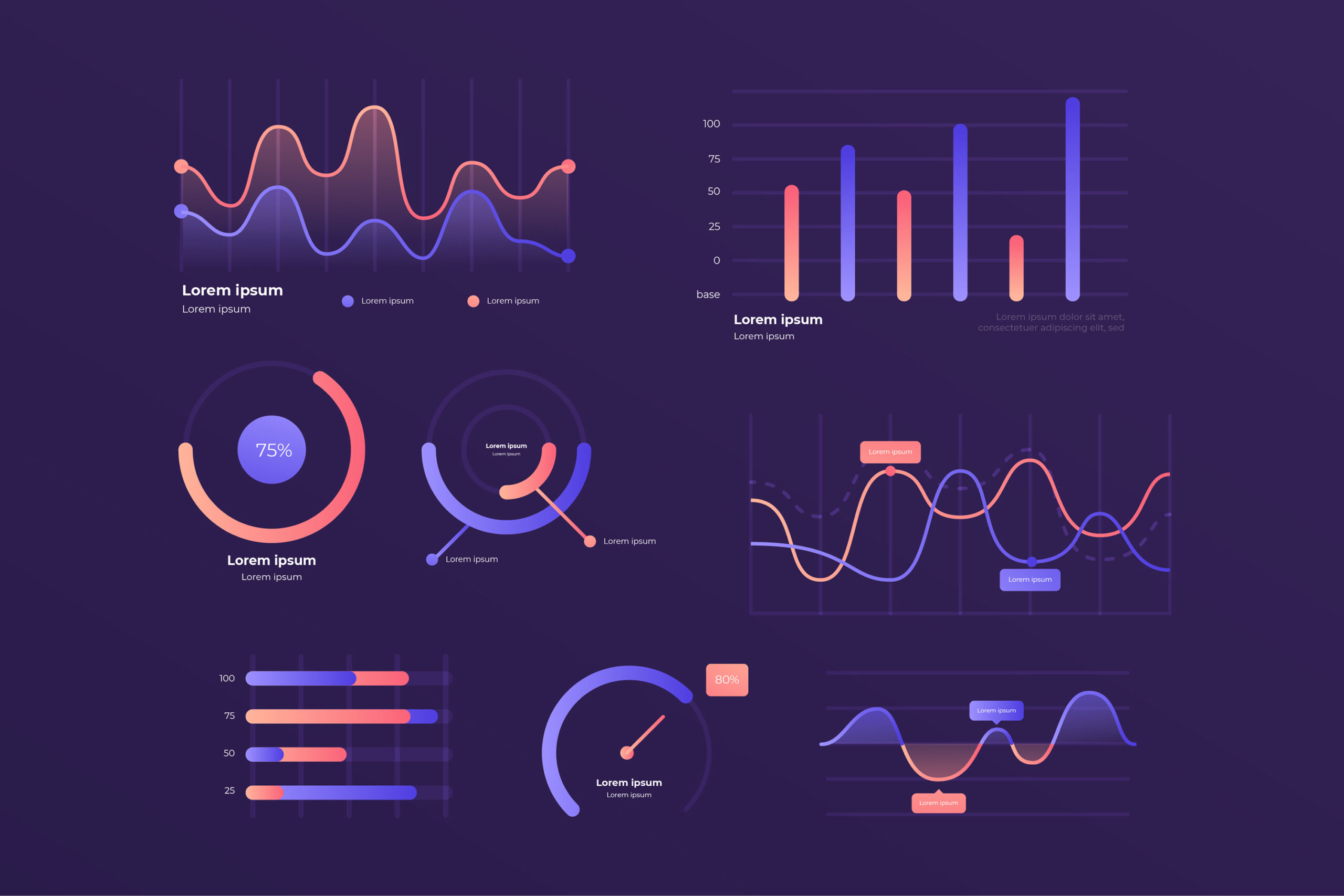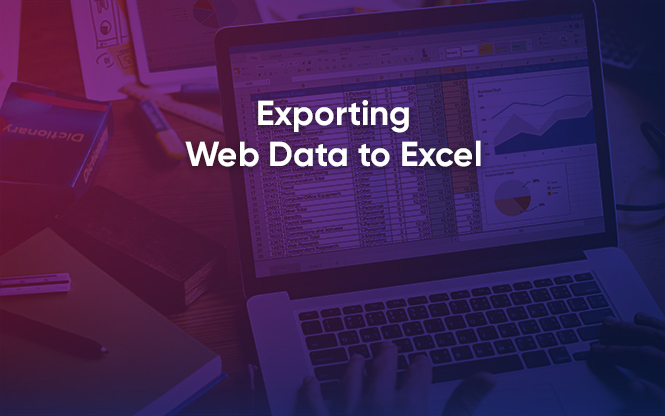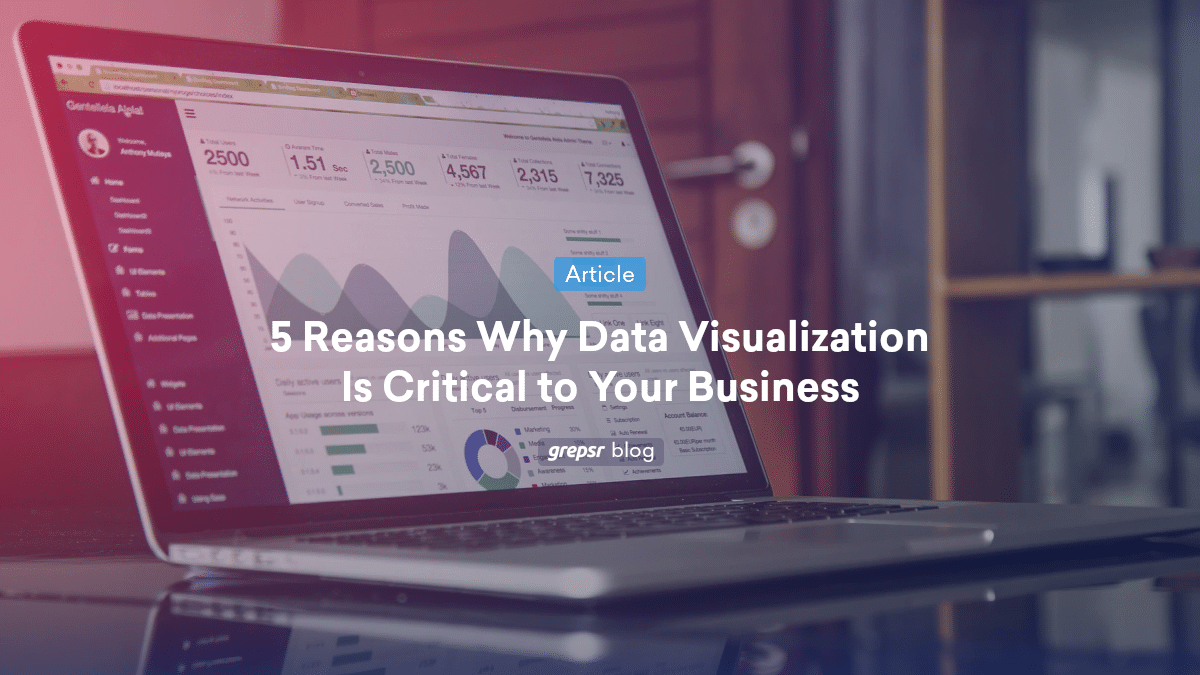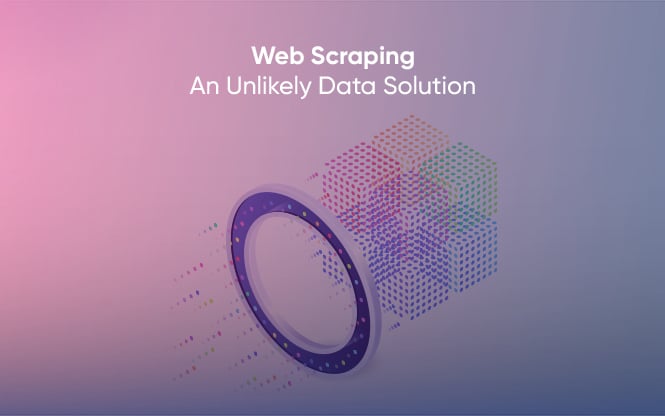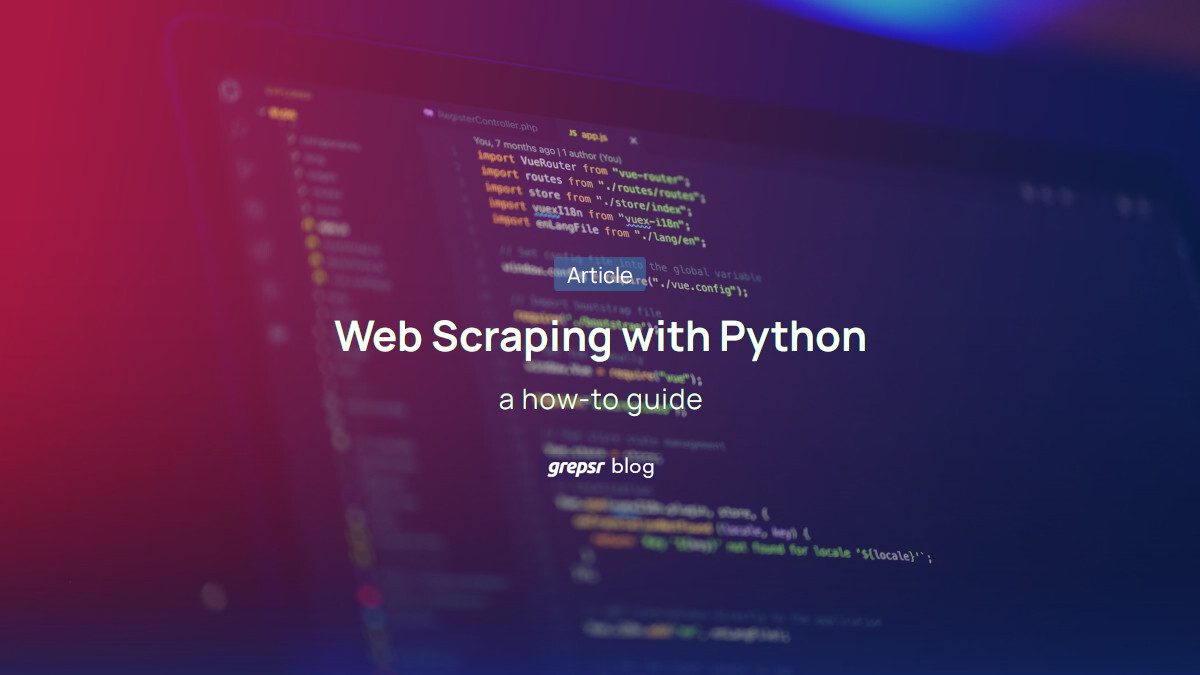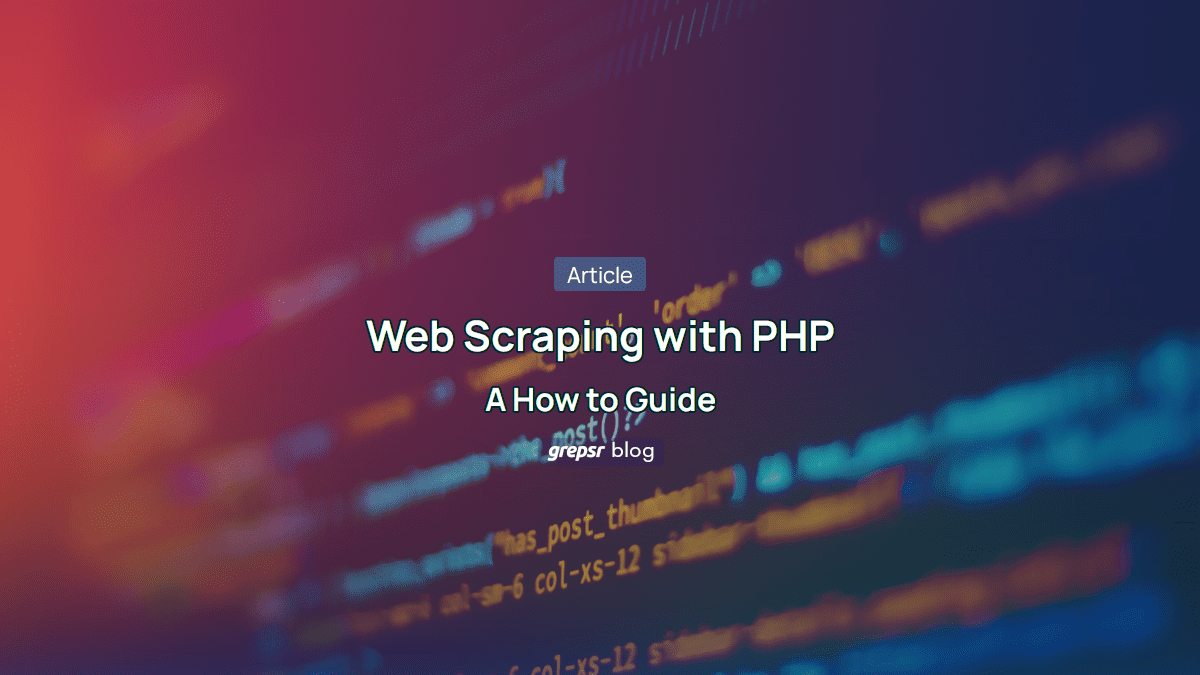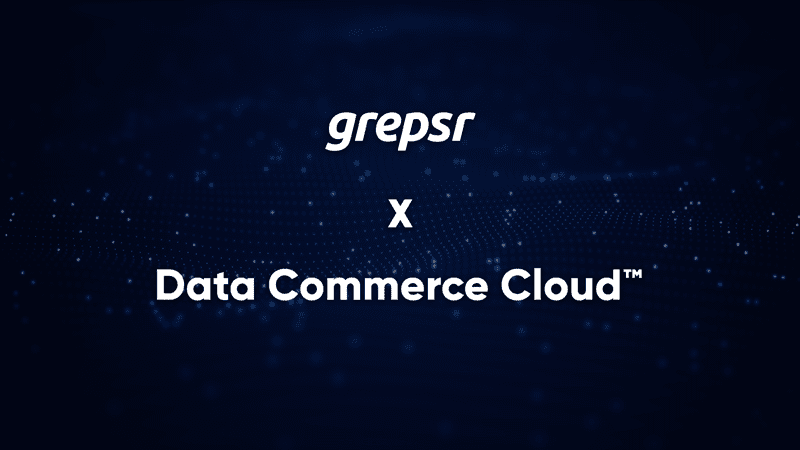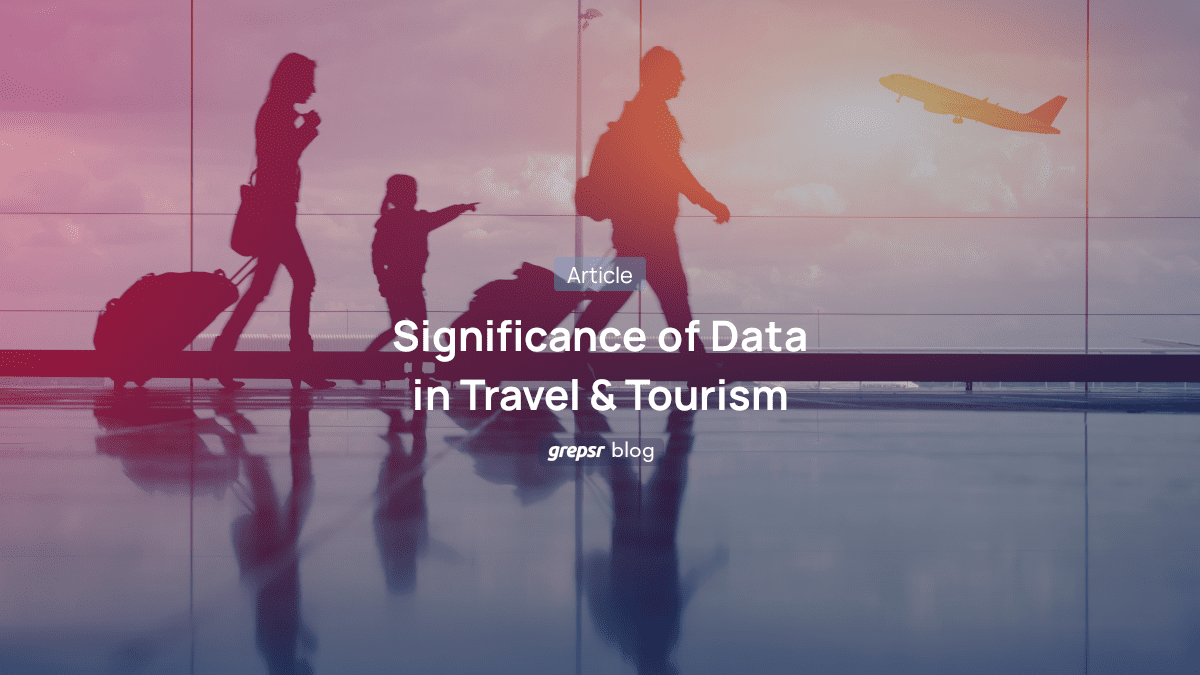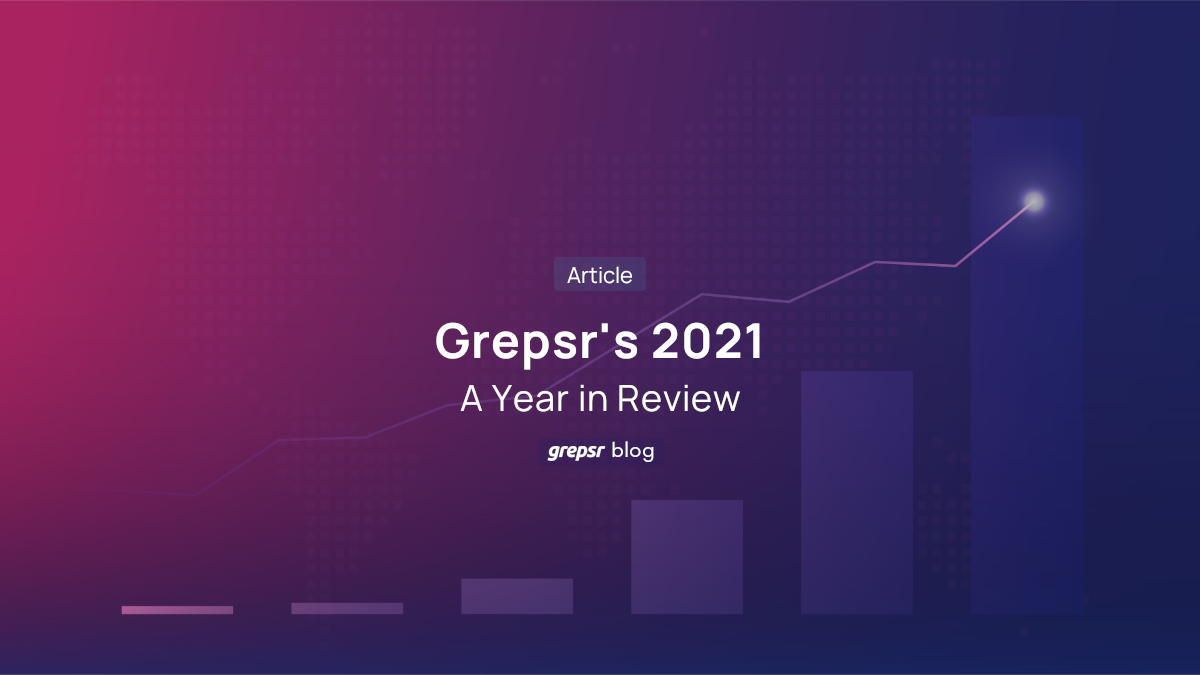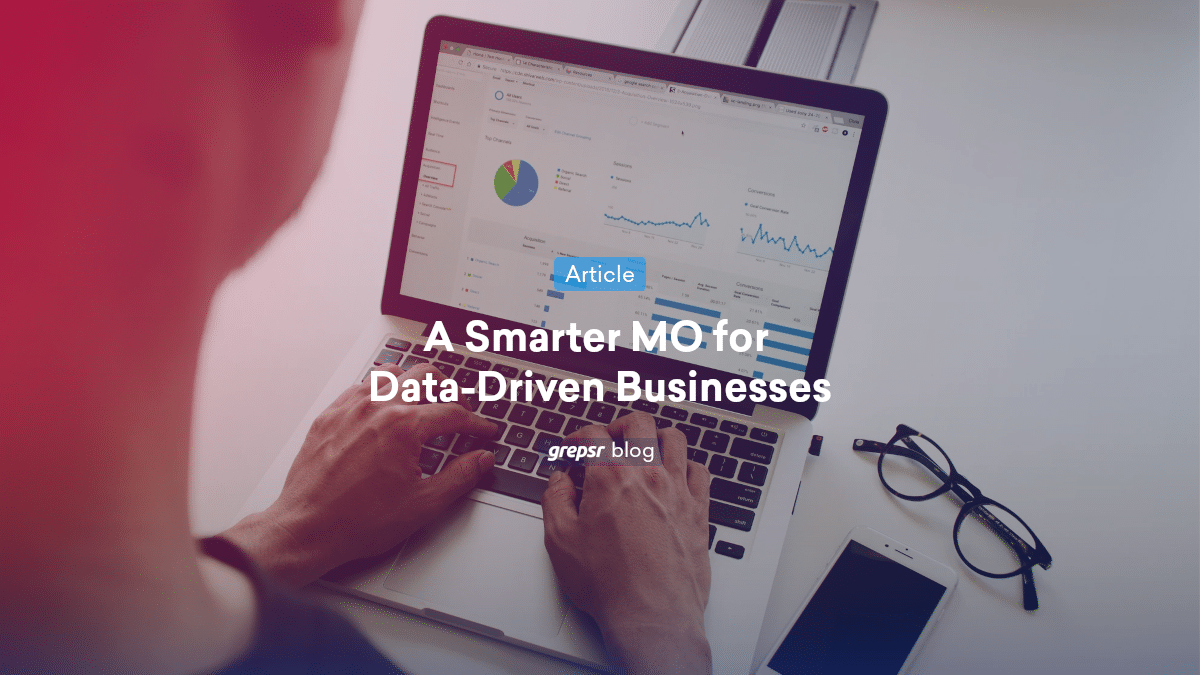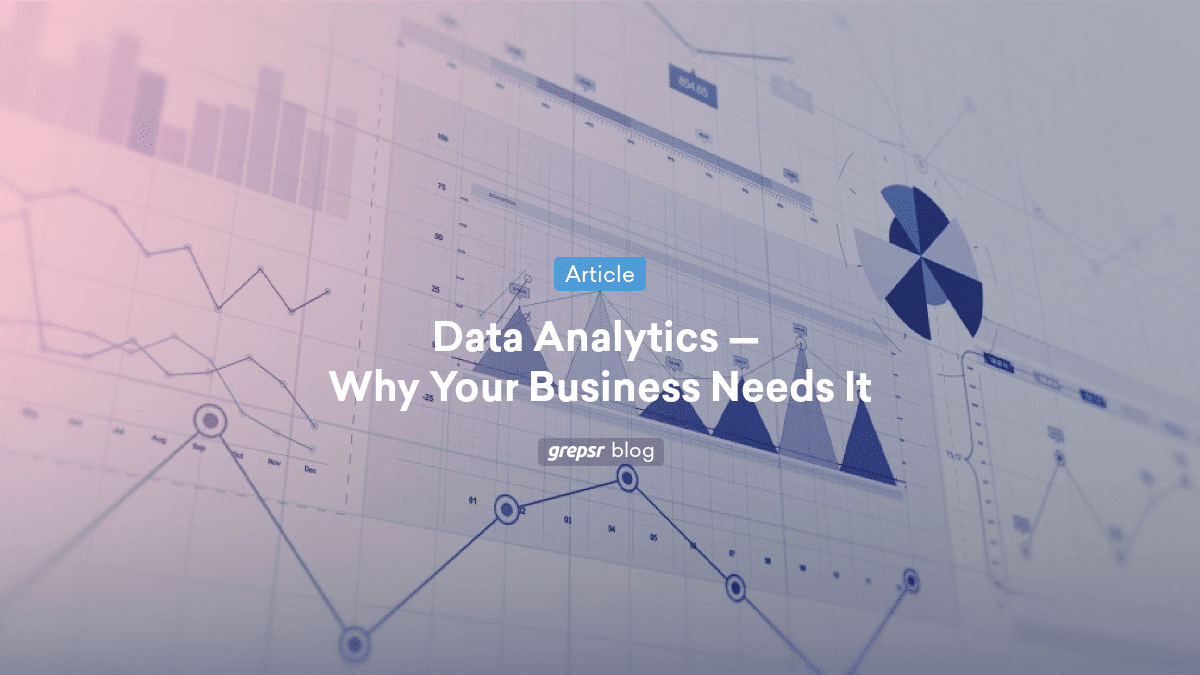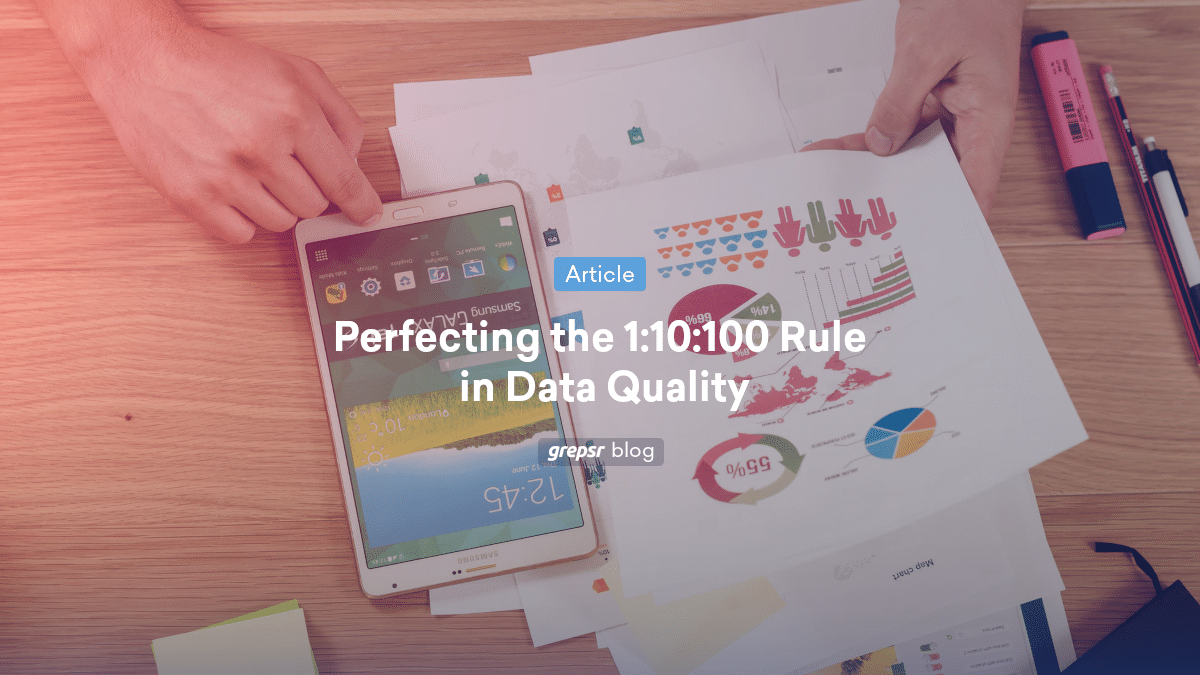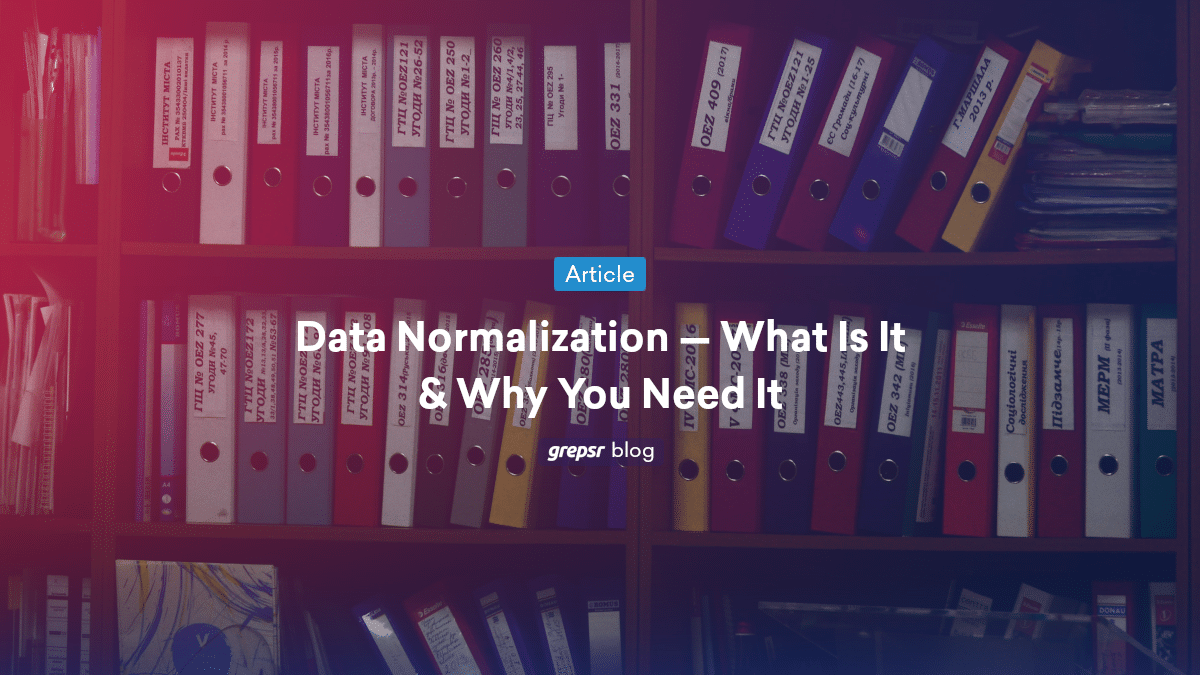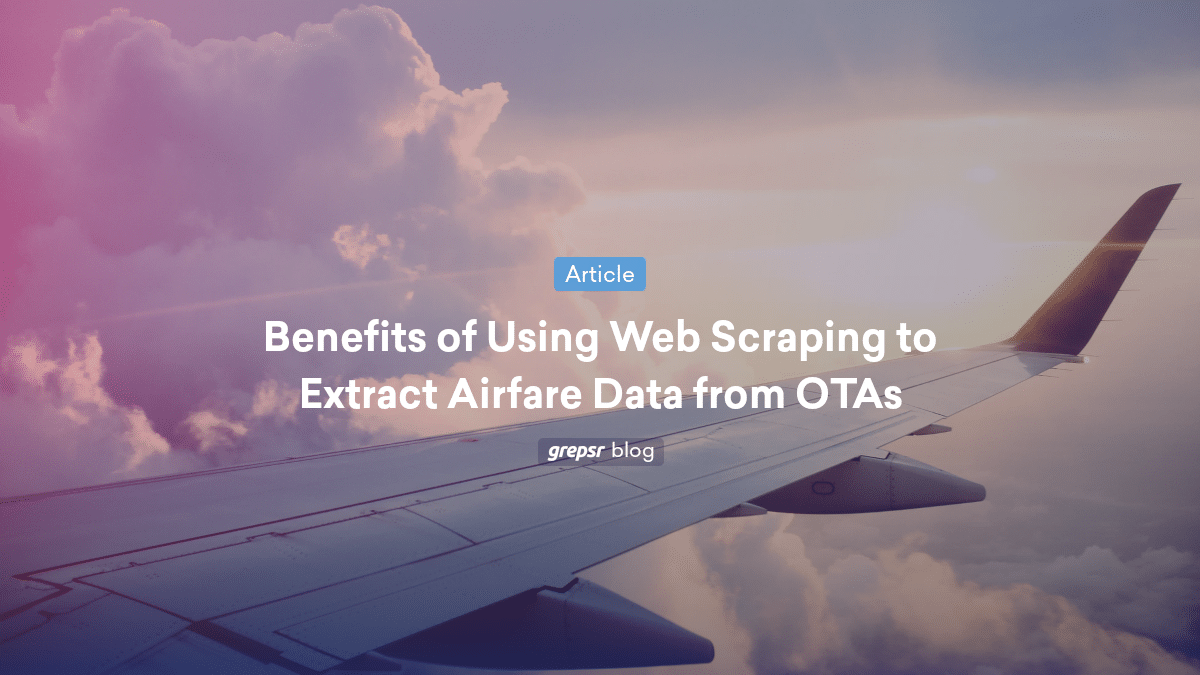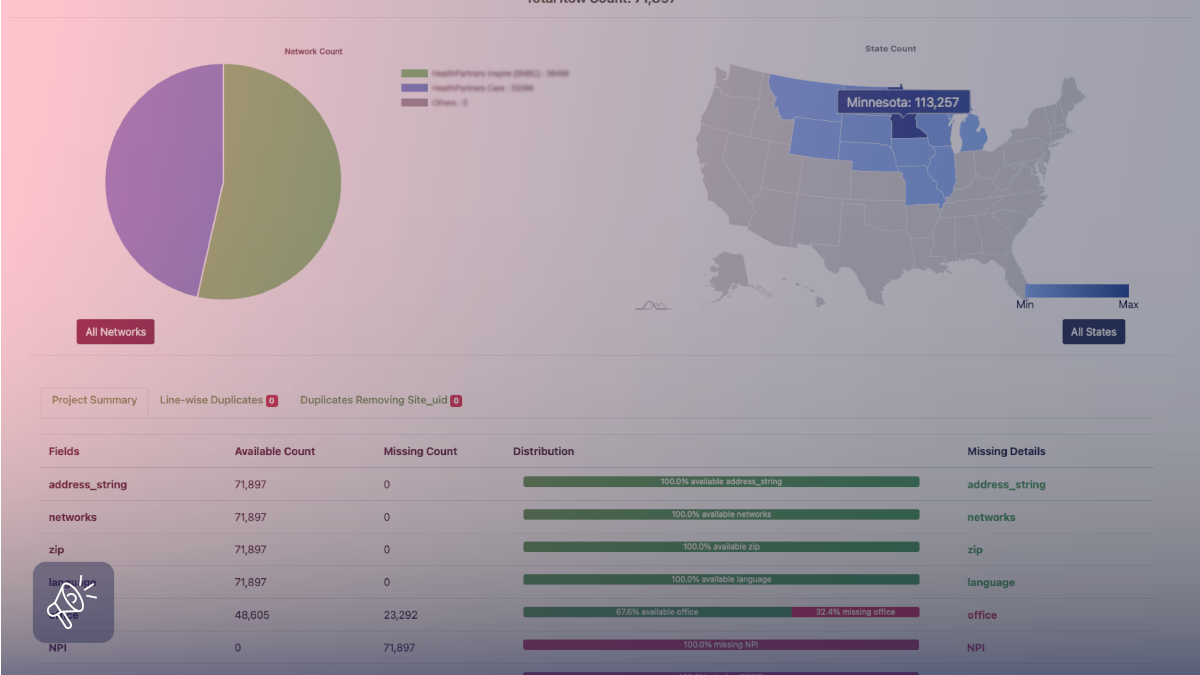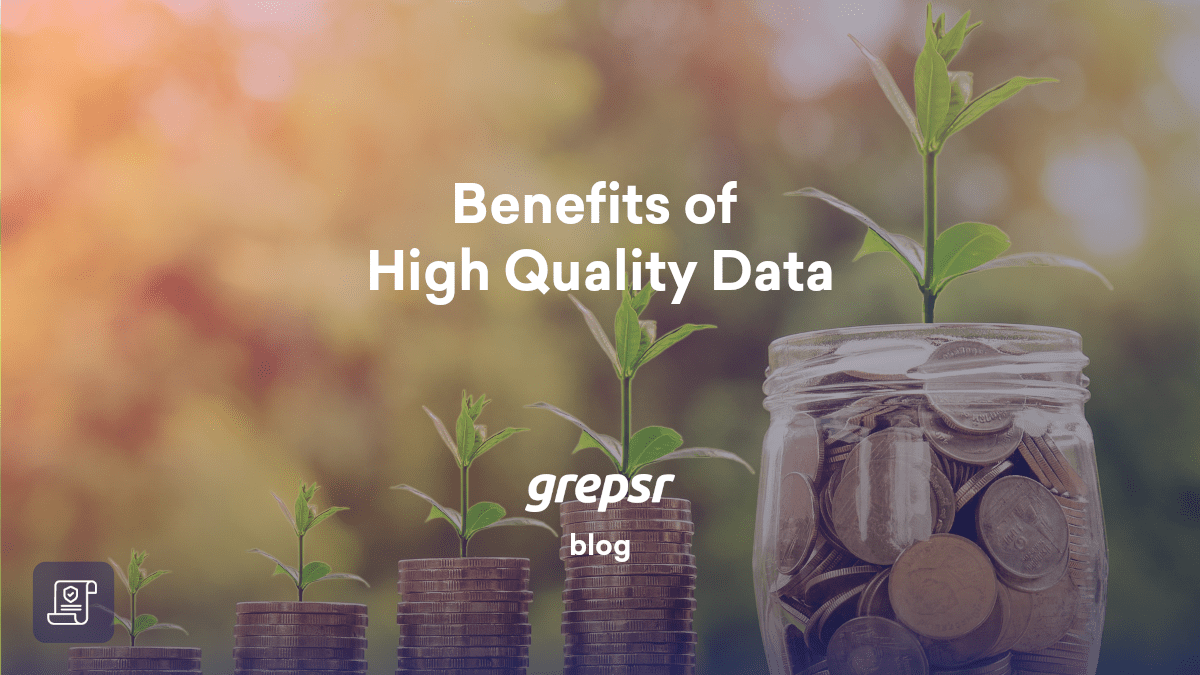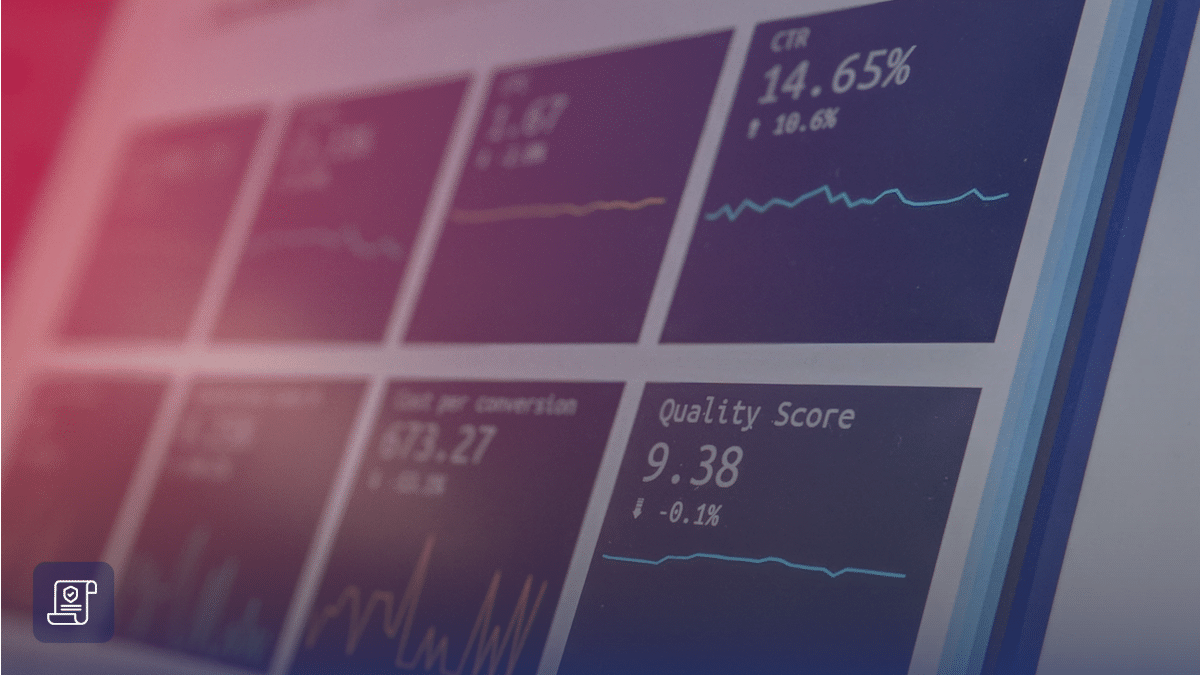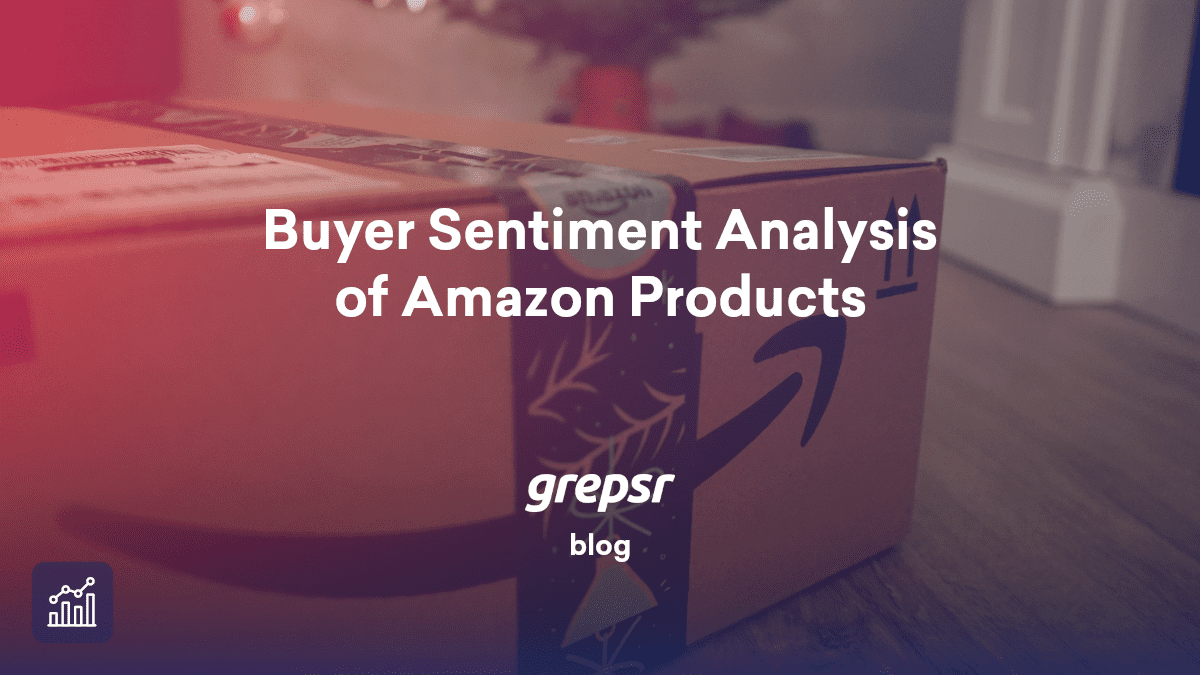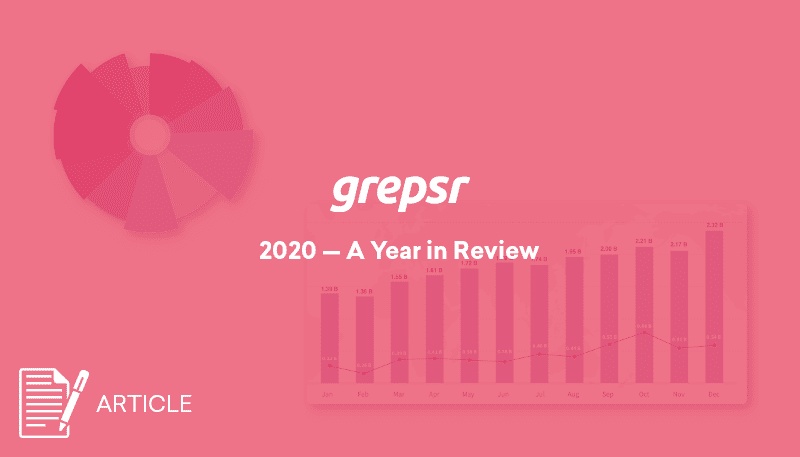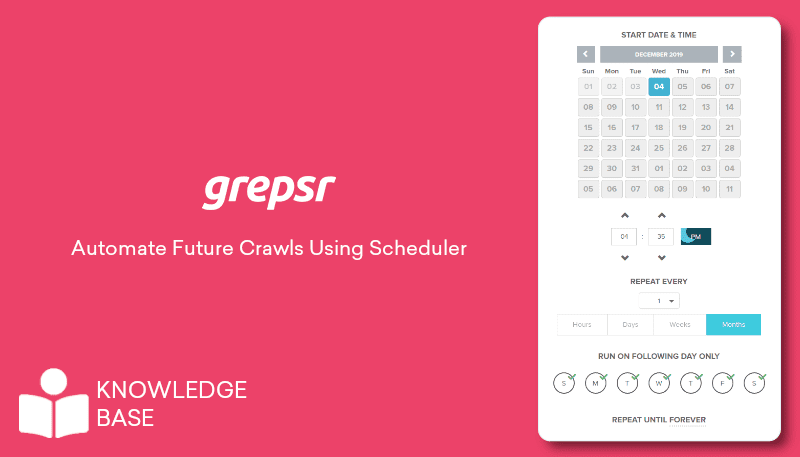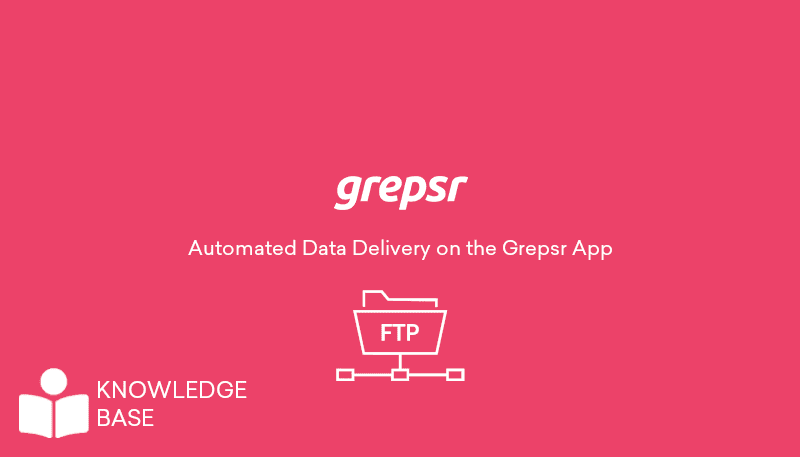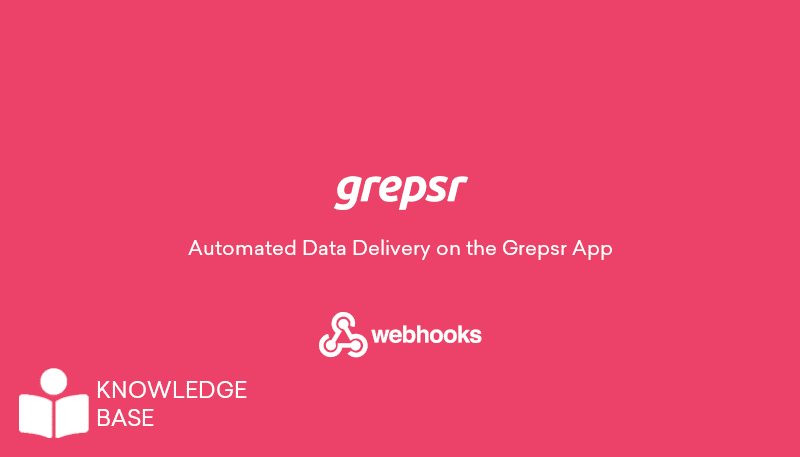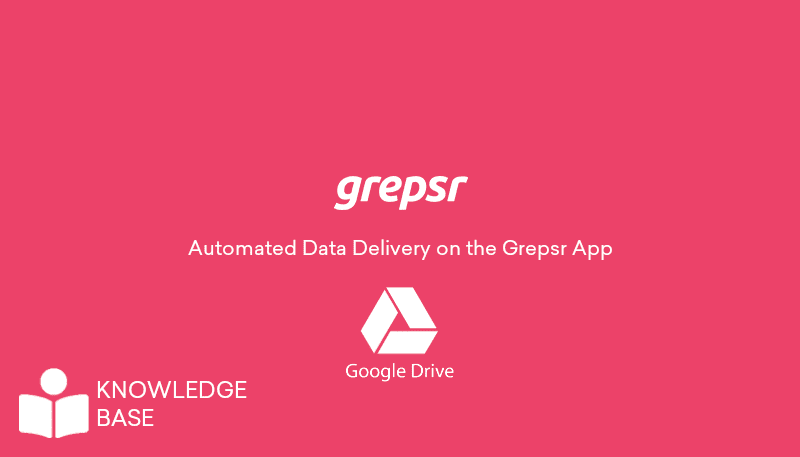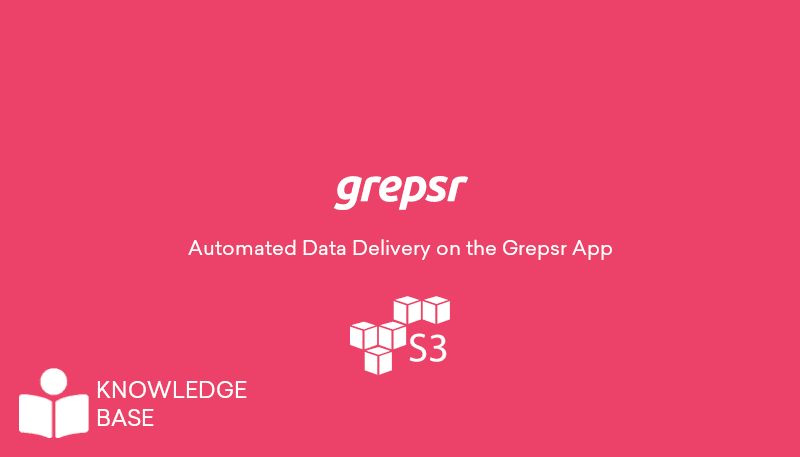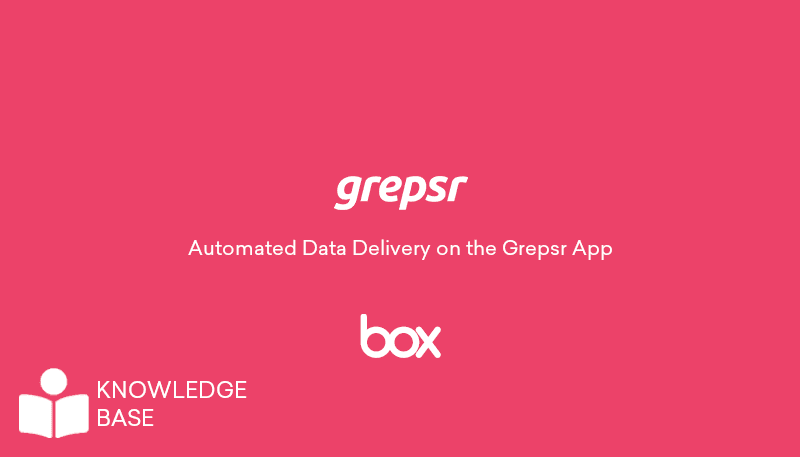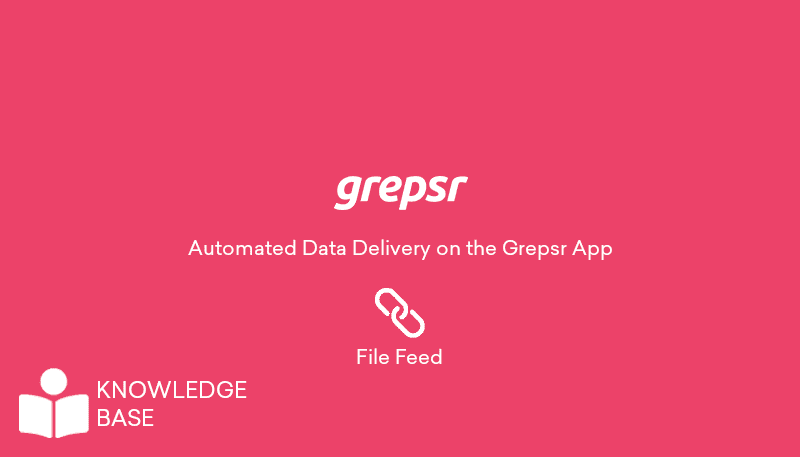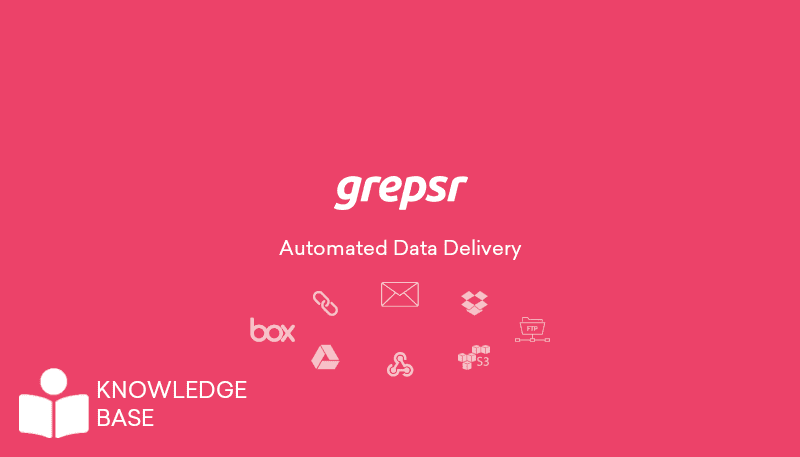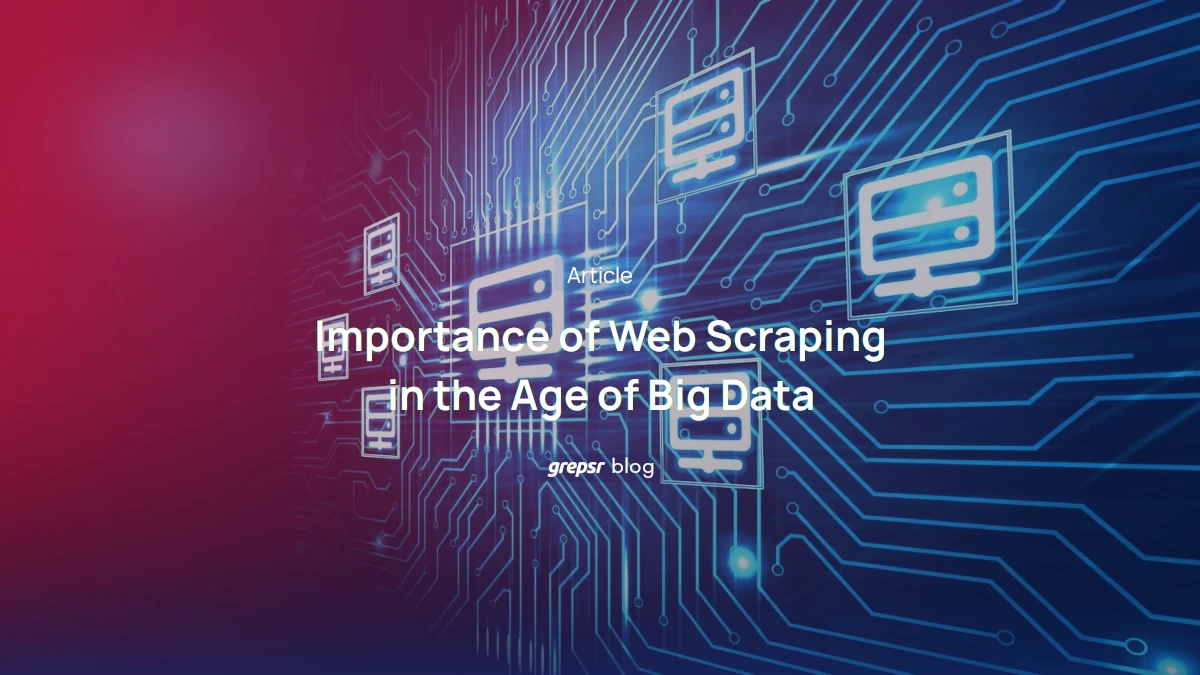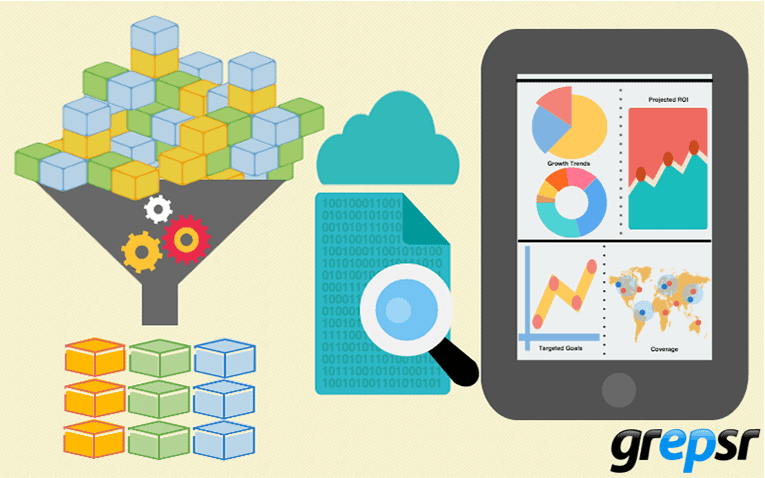The new era of RPA- a shift from manual hard work to automated smart work in business.
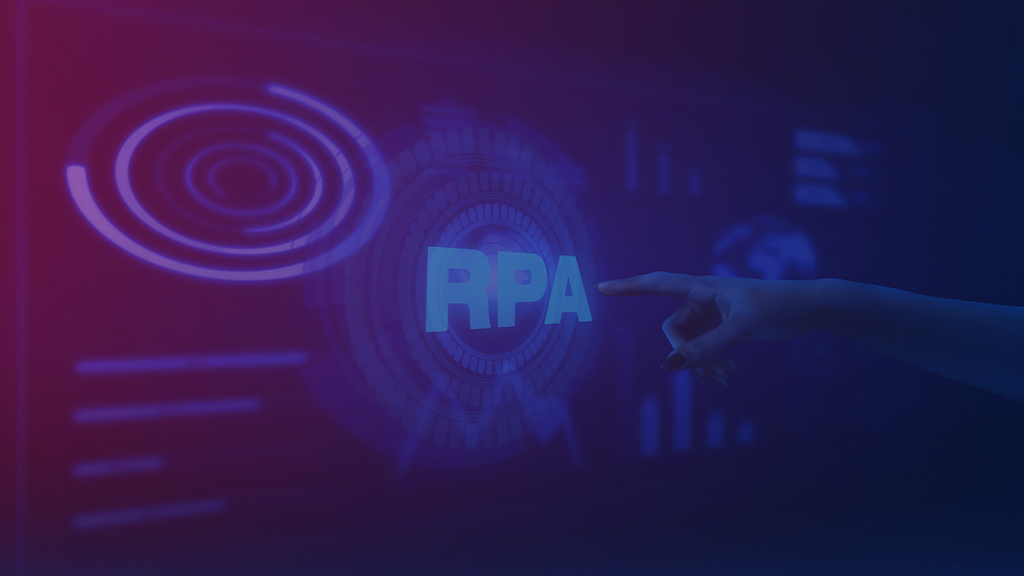
RPA is the process of automating routine and repetitive tasks in business operations. Robotic Process Automation uses technology that is steered by business logic and structured inputs.
People might mistake it for a robot doing their mundane jobs but in reality, it is simply an automation software tool that replicates human interaction with a computer system.
The global sales of robotic process automation software exceeded $2 billion in 2021. It is expected to grow with a CAGR of 36.6 % from 2022 to 2032. The market size is expected to be valued at 81.8 billion U.S. dollars by 2032.
Now coming to our next big player in the digital age- Web Scraping. Web scraping is the process of extracting data from multiple sources on the web in a structured manner. With the explosion of internet users and the world of online data, businesses need these vast amounts of information to gather insights.
Industries such as e-commerce, fintech, travel, cyber security, academic research, and marketing & advertising, leverage data extraction tools, or services for different purposes. For instance, e-tailers utilize data from the web for price monitoring, analyzing customer reviews, and adjusting marketing strategies in real-time.
We have already discussed web scraping & RPA in our previous blog, so this blog will familiarize you with the best practices for web scraping in RPA integration.

The Synergy of Web Scraping and RPA
RPA can be a game changer in the web scraping industry. When human resources are used for laborious work that requires little to no decision-making such as data entry, making invoices, and receipts, RPA can save the day by automating such repetitive tasks.
For instance, administrative tasks like canceling airline tickets for passengers and giving reimbursements. They can be way easier, faster, and more convenient for both passengers and employees. This is achievable if the RPA-integrated system handles them online.
Learn more about how web scraping & RPA work together here:

Along the same lines, you can achieve unmatched efficiency once you automate the data extraction process.
Here are the benefits of RPA for web scraping:
- Structured Data Extraction: RPA provides the guarantee of high accuracy and consistency in structured data extraction. The bots can locate the precise data fields on the web page that need to be extracted. It does it without going through the risk of errors that are inevitable to occur in the manual web scraping process. Also, it enables scalable and flexible environments to adapt to changing requirements and volumes.
- Optimized Resource Utilization: In web scraping, RPA optimizes resource use by reducing the dependency on manual labor for extraction projects. You can save your cost by automating the data collection process by lowering the operational expenses of human resources.
- Dynamic Website Navigation: The main benefit of using RPA-integrated web scraping is that it can smoothly navigate dynamic websites that frequently ask for user interaction. Those interactions are clicking on the next button, logging in to the website, scrolling, and filling out forms. RPA’s capability enables efficient web scraping that saves time, effort, and resources along with the reliability of the data quality.

Best Practices of Web Scraping with RPA Integration
There are best practices of web scraping along with the integration of robotic process automation that you must know before starting.
- Ensure compliance with legal and ethical guidelines. Before initiating the web scraping process, you must adhere to the legal and ethical guidelines. This means following the website’s terms of service to not disrupt the server. Similarly, respecting data privacy regulations and other copyright laws. Especially, the major consideration you have to make is that when scraping, you can only scrape the publicly available data. Those that don’t contain any personal information of users.
- Implement robust mechanisms to handle errors. This ensures that the scraping workflow with RPA integration is resilient while encountering issues like website changes, network interruptions, or extraction of unusual data formats. You should adopt techniques such as retry mechanisms and error logging that help handle challenging requests and prevent data loss. Consequently, when issues arrive, you must always notify the administrators and project leaders for timely resolution.
- Optimize crawlers or web scraping scripts for efficiency and scalability. It is essential to have scripts that are efficient and scalable so that they can endure huge amounts of data and changes in website structure. Optimizing crawlers is the way to minimize resource usage and lower the load impact on target websites. Thus, one of the best practices of RPA-integrated web scraping is regularly reviewing and updating data extraction scripts to stay updated with evolving requirements with efficiency.
- Security and regular maintenance of web scraping workflows. As already mentioned before, the cornerstone of automated web scraping is data security. It involves that you adhere to ensuring the confidentiality and integrity of extracted information. You must use secure protocols like HTTPS for web data transmission and storage. Additionally, to identify any occurrence of anomalies in data, you should monitor scraping performance metrics like response time, success rate, and quality assurance of data that you have gathered.
Hence, to maximize the benefits of RPA-integrated web scraping and ensure smooth operations, it’s crucial to adhere to these best practices.
End Note
As you already know, web scraping and RPA are the oars of your boat to reach the treasure island of valuable data. Thus, from it, you derive business insights for decision-making.
In the end, all we can say is the fusion of Robotic Process Automation (RPA) with web scraping presents a transformative opportunity for data-driven businesses. Then, by following the practices, your organization can streamline the ongoing workflows. Attain the best outcomes while the risk and challenged and tackled seamlessly.
In the ever-evolving landscape of data acquisition, these best practices serve as guiding principles, leading toward innovation, efficiency, and success. Henceforth, empower your business to navigate through the complexities of web scraping by unlocking the unprecedented benefits of automation.
Now, Get in touch with Grepsr, send your data project requirements, and sail your way to data-driven success!








